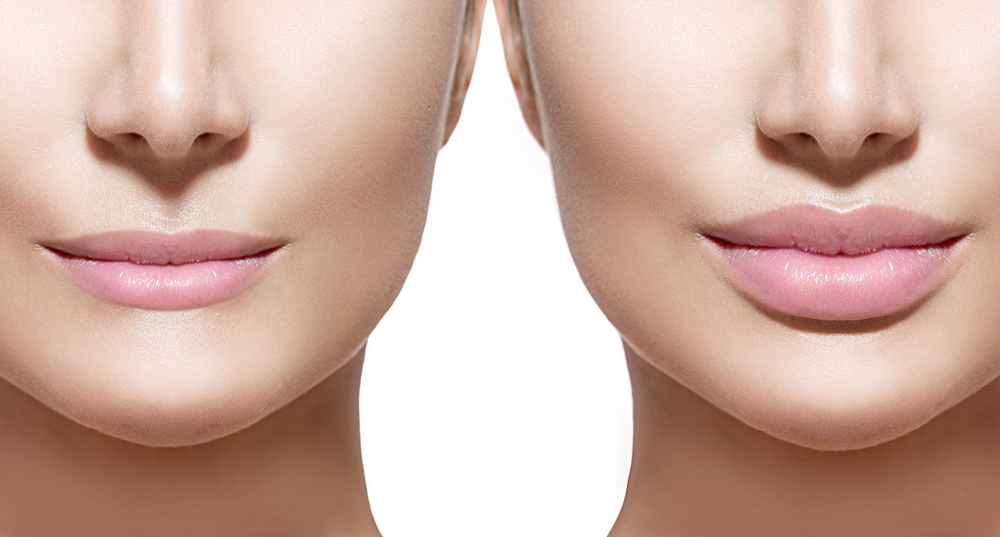
People are obsessed with finding the perfect lip filler that delivers both smoothness and staying power. Some fillers can maintain plump lips for up to 18 months while others fade in half that time. Most would expect the newest or longest-lasting filler to win every time but the reality is much more personal and surprising. The secret? Your own body’s metabolism and lifestyle could make the biggest difference in how long your dream lips actually last.
Table of Contents
Quick Summary
| Takeaway | Explanation |
| Hyaluronic Acid Fillers are Most Popular | HA fillers offer natural results and last 6-12 months, making them a preferred choice for lip enhancement. |
| Longevity Depends on Metabolism and Lifestyle | Individual metabolic rates and lifestyle choices significantly affect how long lip fillers last. |
| Synthetic Fillers Offer Longer Lasting Results | Options like calcium hydroxylapatite can last up to 15-18 months but come with higher risks. |
| Proper Care Maximizes Filler Effectiveness | Following post-treatment care instructions can help maintain desired lip volume and appearance. |
| Initial Consultation is Key to Success | A thorough consultation ensures personalized treatment plans and aligns expectations for the aesthetic outcome. |
Understanding Different Types of Lip Fillers
Lip fillers are cosmetic treatments designed to enhance lip volume, shape, and symmetry by injecting specialized substances beneath the skin. While many people wonder “what lip filler lasts the longest,” understanding the various types is crucial for making an informed decision. Explore our comprehensive lip filler guide to learn more about these transformative aesthetic options.
Hyaluronic Acid Fillers: The Gold Standard
Hyaluronic acid (HA) fillers represent the most popular and versatile lip enhancement option. Composed of a substance naturally found in human body tissues, these fillers provide a smooth, natural-looking result. Brands like Juvederm and Restylane offer different HA formulations that can last between 6 to 12 months, depending on the specific product and individual metabolism.
According to research from the American Society of Plastic Surgeons, HA fillers offer several key advantages:
-
Immediate visible results
-
Minimal risk of allergic reactions
-
Gradual and controllable volume enhancement
-
Ability to dissolve the filler if desired
Collagen and Synthetic Alternatives
Beyond hyaluronic acid, other lip filler types include collagen-based and synthetic options. Collagen fillers, though less common now, were once a primary lip enhancement method. Modern synthetic fillers like calcium hydroxylapatite provide longer-lasting results, with some formulations maintaining volume for up to 15 months.
These alternative fillers work differently from HA options. Synthetic fillers often stimulate natural collagen production, creating a more permanent volumizing effect. However, they typically require more expertise during application and might have a slightly higher risk of complications compared to traditional HA fillers.
To help you compare the key characteristics, advantages, and typical duration of different lip filler types mentioned in the article, the table below summarizes hyaluronic acid, collagen-based, and synthetic fillers.
| Filler Type | Typical Duration | Key Features | Advantages | Considerations |
| Hyaluronic Acid (HA) | 6-12 months | Natural substance, smooth results | Immediate results, low allergy risk, reversible | Metabolized faster in some individuals |
| Collagen-Based | Less common; shorter duration | Sourced from animal/human tissue | Improved lip texture, past popularity | Higher allergy risk, less used today |
| Synthetic (e.g., CaHA) | 15-18 months | Stimulates collagen, longer-lasting | Extended effects, gradual natural volume | Higher risk, not reversible, needs expertise |
Factors Influencing the Longevity of Lip Fillers
Understanding what lip filler lasts the longest requires examining multiple complex variables that impact treatment duration. While patients seek predictable results, lip filler longevity is influenced by individual physiological characteristics and external factors. Learn about ongoing lip filler maintenance to maximize your aesthetic investment.
Individual Metabolic Variations
Metabolism plays a critical role in determining how quickly the body processes and breaks down dermal fillers. Some individuals metabolize filler substances faster due to genetic factors, higher activity levels, and overall physiological efficiency. According to research from the American Society of Dermatologic Surgery, metabolic rate can reduce lip filler effectiveness by up to 30% in highly active individuals.
Key metabolic factors affecting filler longevity include:
-
Baseline metabolic rate
-
Body fat percentage
-
Muscle activity around injection sites
-
Overall cardiovascular health
-
Age and hormonal balance
Environmental and Lifestyle Considerations
External factors significantly impact lip filler duration beyond individual metabolism. Sun exposure, smoking, alcohol consumption, and high-intensity physical activities can accelerate filler degradation. Professional athletes or individuals with extremely active lifestyles might experience faster filler breakdown compared to sedentary individuals.
Additionally, hydration levels, skincare routines, and nutritional intake contribute to how long lip fillers maintain their desired volume and aesthetic appearance. Proper post-treatment care and following professional recommendations can help extend the effectiveness of your chosen lip enhancement method.
The table below outlines the individual and lifestyle factors discussed in the article that can influence how long lip fillers last, providing a clear overview of their impacts on filler longevity.
| Factor | How It Affects Longevity | Notes |
| Baseline Metabolic Rate | Faster metabolism shortens duration | Highly active individuals may see up to 30% reduction |
| Muscle Activity | Frequent movements speed breakdown | Talking, eating, facial expressions matter |
| Age and Hormonal Balance | Can impact filler breakdown rates | Varies significantly per person |
| Hydration | Helps maintain filler volume | Good hydration may support longevity |
| Sun Exposure | Accelerates degradation | Use sun protection post-treatment |
| Smoking/Alcohol | Increases breakdown | Avoid after treatment for best results |
| Physical Activity Level | Intense exercise may reduce effects | Athletes may need more frequent touch-ups |
The Role of Hyaluronic Acid in Lip Fillers
Hyaluronic acid (HA) represents the cornerstone of modern lip enhancement treatments, offering a sophisticated approach to volumizing and reshaping lips. Discover our specialized filler options for personalized aesthetic solutions that leverage this remarkable substance.
Understanding Hyaluronic Acid’s Molecular Magic
Hyaluronic acid is a naturally occurring glycosaminoglycan found throughout human connective tissues, with an extraordinary capacity to retain moisture and provide structural support. According to groundbreaking research from the National Institutes of Health, HA molecules can hold up to 1000 times their weight in water, making them exceptionally effective for lip augmentation.
Key properties of hyaluronic acid in lip fillers include:
-
Biocompatibility with human tissue
-
Natural hydration and volume enhancement
-
Gradual and controllable integration
-
Reversibility through enzymatic breakdown
-
Minimal risk of allergic reactions
Mechanism of Action and Aesthetic Transformation
When injected into lip tissues, hyaluronic acid fillers work through a complex interaction with existing cellular structures. The molecules instantly provide volume while simultaneously stimulating natural collagen production. This dual-action mechanism ensures not just immediate aesthetic improvement but also long-term tissue conditioning.
The cross-linking technology in modern HA fillers determines their viscosity, duration, and integration with existing lip tissue. More densely cross-linked formulations tend to provide longer-lasting results, with some advanced products maintaining lip volume for up to 12-18 months.
Comparing Long-Lasting Options for Lip Enhancement
Choosing the right lip filler involves understanding nuanced differences in product durability, aesthetic outcomes, and individual compatibility. Check out our comprehensive filler guide to explore personalized enhancement strategies.
Hyaluronic Acid Filler Variations
Within the hyaluronic acid (HA) category, multiple formulations offer distinct longevity profiles. According to advanced clinical research, premium HA fillers like Juvederm Volbella and Restylane Kysse demonstrate exceptional staying power, consistently maintaining lip volume for 6 to 12 months.
Key considerations when evaluating HA filler longevity include:

-
Molecular weight of the hyaluronic acid
-
Cross-linking density of the filler
-
Individual metabolic factors
-
Injection technique and precision
-
Specific anatomical lip characteristics
Alternative Filler Technologies
Beyond traditional hyaluronic acid options, emerging filler technologies provide alternative approaches to lip enhancement. Synthetic fillers such as calcium hydroxylapatite and poly-L-lactic acid offer extended durability, with some formulations maintaining volume up to 15-18 months. However, these alternatives typically require more specialized application techniques and carry higher potential for complications compared to standard HA fillers.
The selection of a long-lasting lip filler demands a nuanced approach, balancing aesthetic goals, individual physiological responses, and potential long-term tissue interactions. Professional consultation remains essential in determining the most appropriate enhancement strategy for each unique patient.
Real-World Experiences: What to Expect with Lip Fillers
Lip filler treatments represent a transformative aesthetic procedure that requires careful understanding and realistic expectations. Explore our comprehensive guide to lip enhancement benefits to prepare for your aesthetic journey.
Initial Consultation and Treatment Process
Professional lip filler procedures begin with a detailed consultation where practitioners assess facial anatomy, discuss aesthetic goals, and determine the most appropriate filler type. According to comprehensive medical research from the Mayo Clinic, the entire treatment typically takes 30-45 minutes, with minimal discomfort and immediate visible results.
Key considerations during the initial consultation include:
-
Detailed facial symmetry assessment
-
Discussion of personal aesthetic objectives
-
Review of medical history and potential contraindications
-
Explanation of potential side effects
-
Customized treatment plan development
Post-Treatment Recovery and Expectations
Immediate post-treatment experiences vary among individuals, but most patients can expect some predictable physiological responses. Mild swelling, temporary bruising, and slight tenderness are common in the first 48-72 hours following the procedure. These symptoms typically resolve quickly, revealing the final aesthetic outcome.
Patients should anticipate gradual settling of the filler, with the most refined results becoming apparent approximately two weeks after the initial treatment. Proper aftercare, including avoiding extreme temperatures and minimizing physical pressure on the treated area, helps optimize healing and maintenance of the desired lip enhancement.
Find Your Longest-Lasting Lip with The Injection Room
Choosing the right lip filler can be stressful when you want results that truly last. Many people worry about how quickly fillers may fade or which product fits their unique needs. If you are seeking fuller lips that keep their shape and softness for months, you need clear answers and confident solutions as highlighted in our article on understanding your filler options.
Explore the carefully selected dermal fillers available at The Injection Room where our experienced providers use leading hyaluronic acid formulas and advanced techniques to enhance your lips beautifully. You will enjoy custom recommendations based on your lifestyle, metabolism, and personal goals so you can feel secure about your investment.

Ready for lips that impress from every angle? Book your consultation today at The Injection Room and see why countless guests trust our team for results that truly last. The time to love your lips is now.
Frequently Asked Questions
What lip filler lasts the longest?
Hyaluronic acid fillers typically last between 6 to 12 months, while some synthetic options can provide results for up to 15-18 months. Specific product formulations and individual factors also impact longevity.
How do individual metabolism rates affect lip filler longevity?
Individual metabolism plays a significant role in how quickly lip fillers break down. Faster metabolism due to genetics or physical activity can reduce filler effectiveness by up to 30%, leading to shorter-lasting results.
Are there differences between hyaluronic acid fillers and synthetic alternatives?
Yes, hyaluronic acid fillers are known for their natural integration and reversible properties, lasting 6 to 12 months, while synthetic fillers, such as calcium hydroxylapatite, can offer more extended durability, sometimes lasting up to 15-18 months.
What precautions can I take to maximize the longevity of my lip fillers?
To extend the effectiveness of lip fillers, maintain proper hydration, follow a healthy skincare routine, minimize sun exposure, and avoid smoking and excessive alcohol consumption. Following post-treatment care instructions from your practitioner is also crucial.




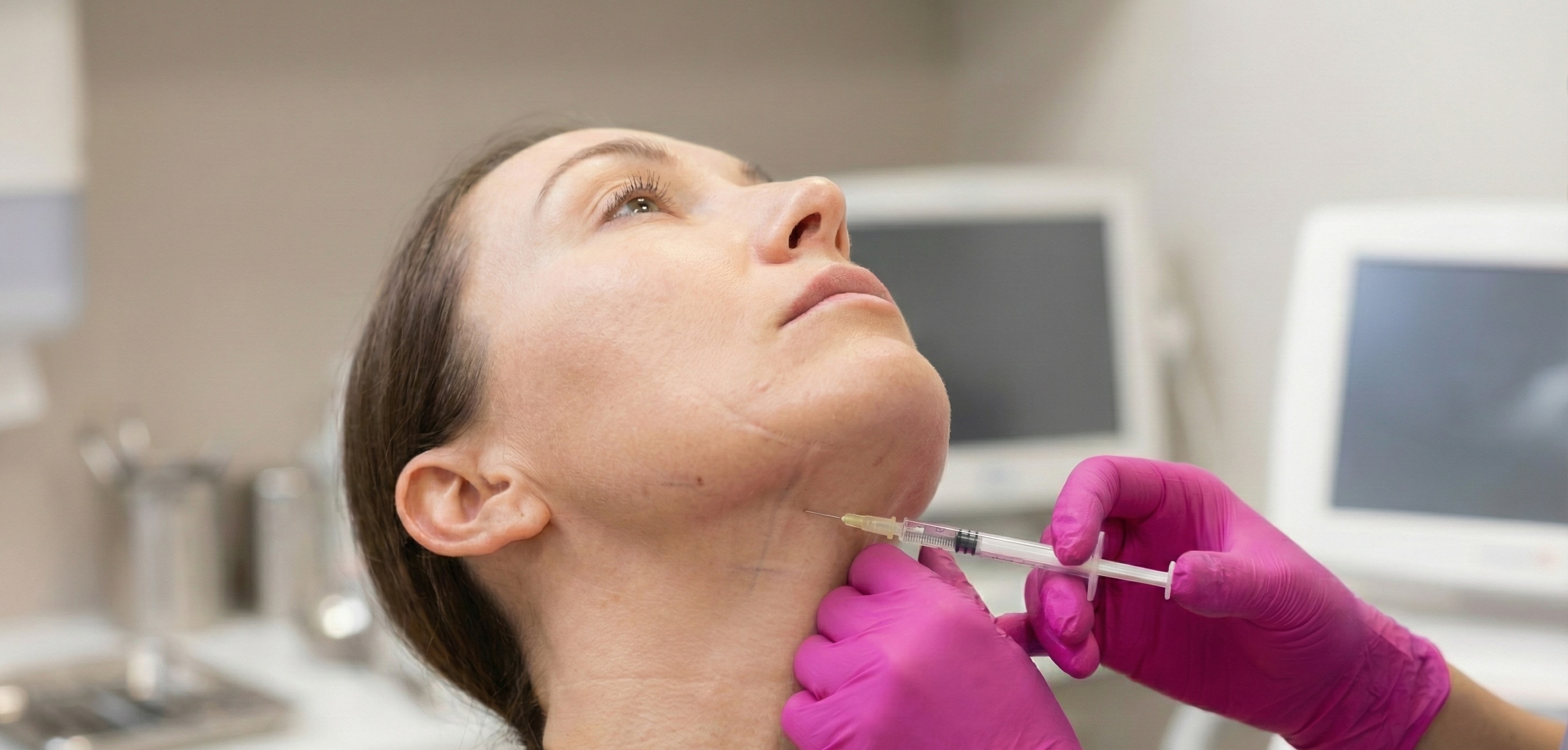

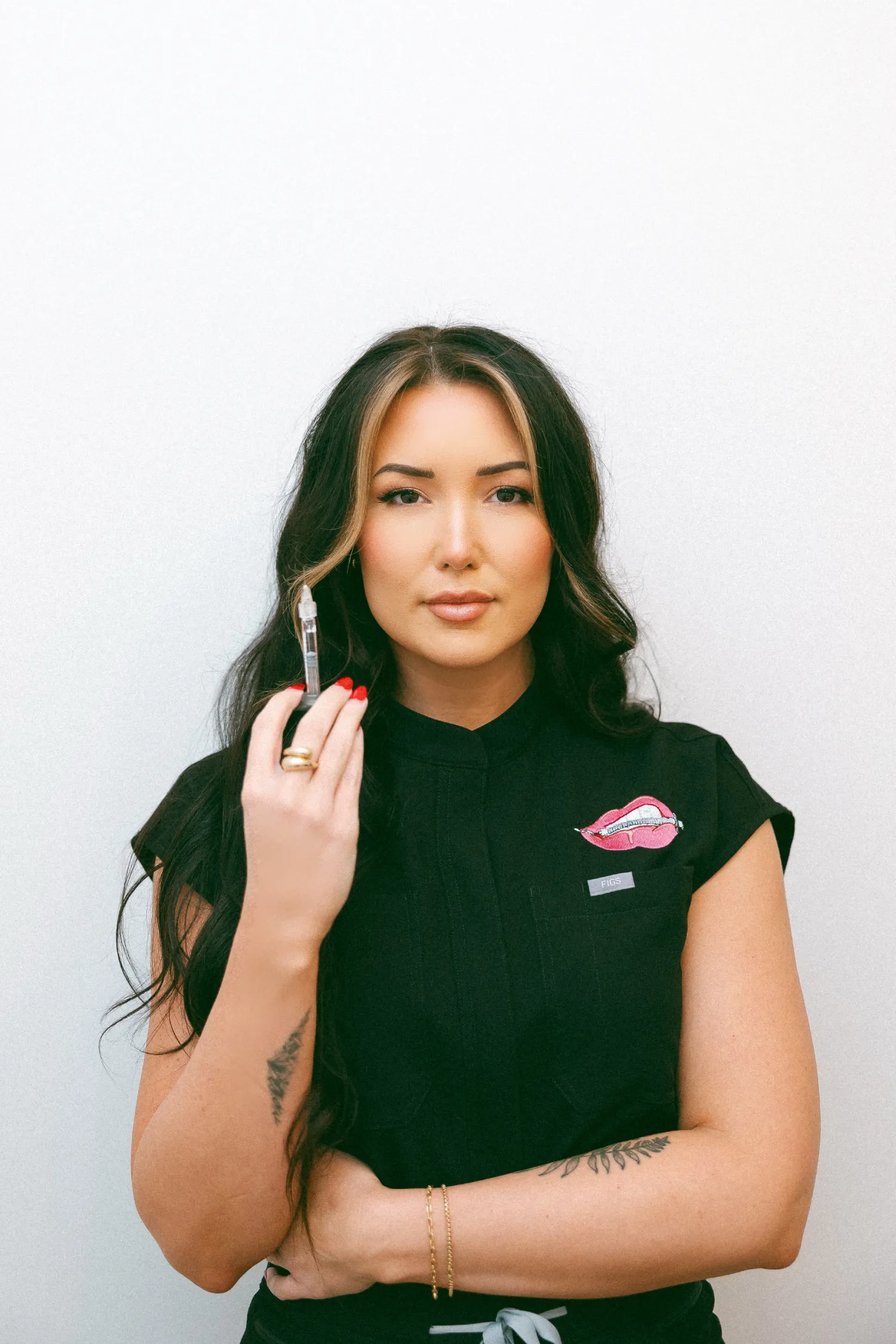
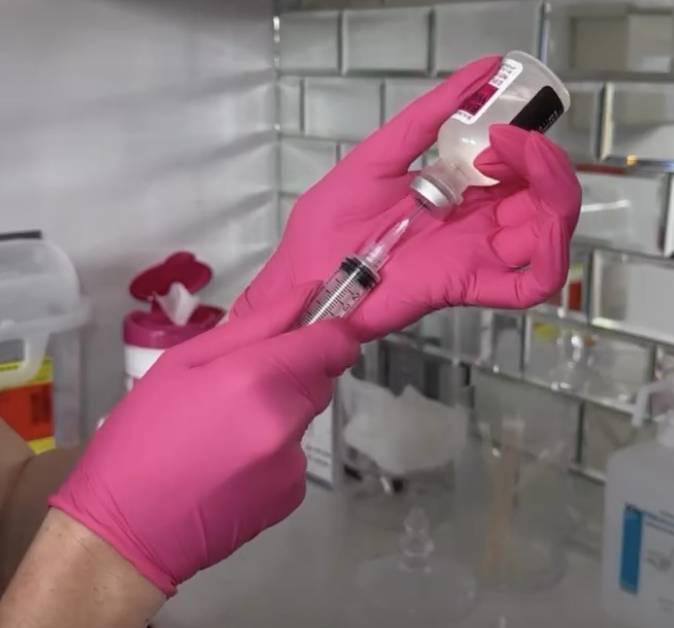


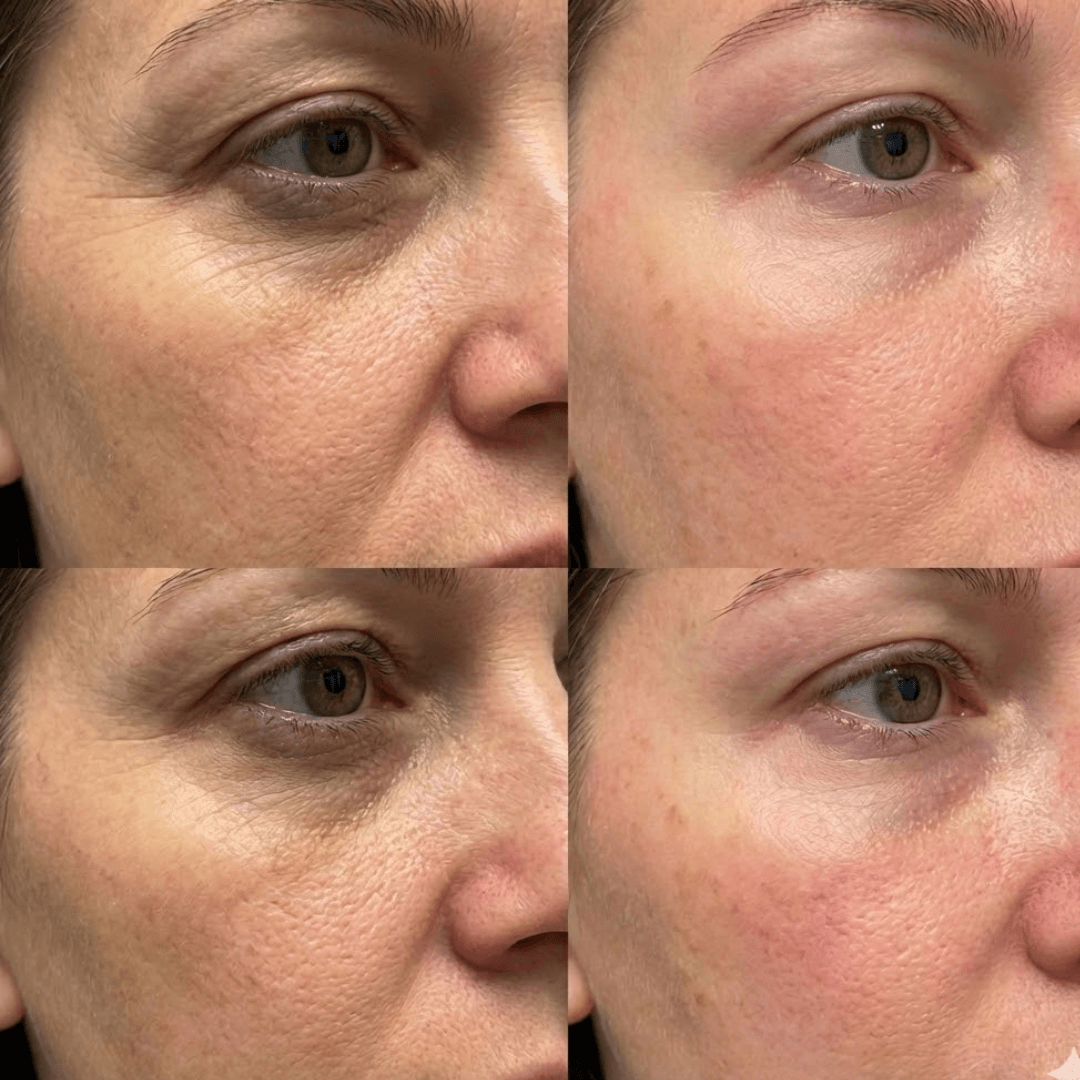
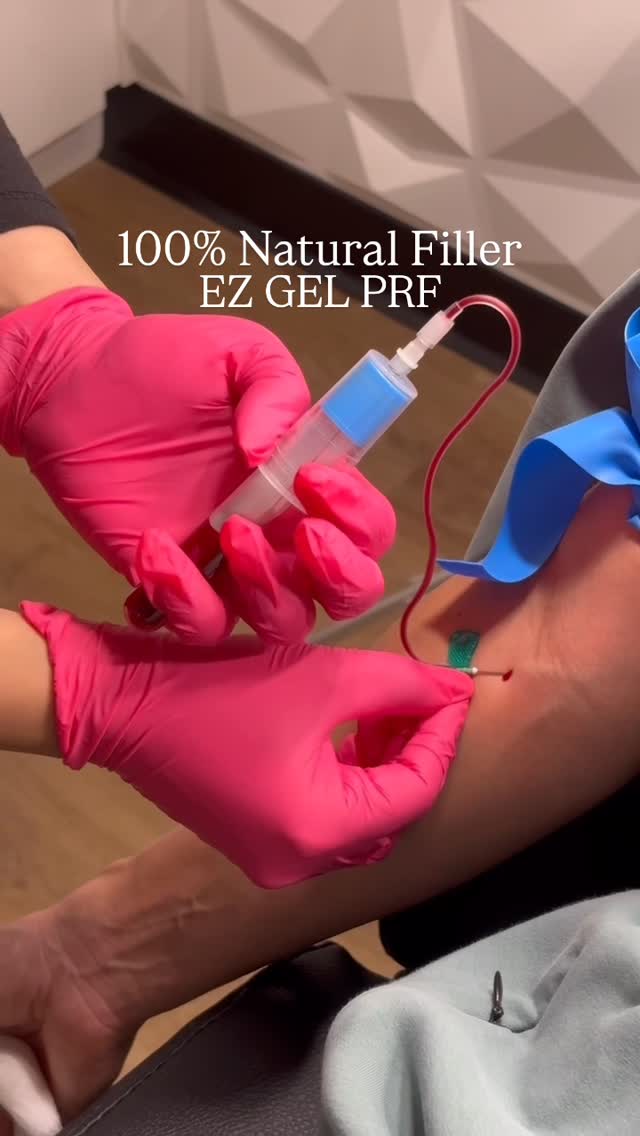
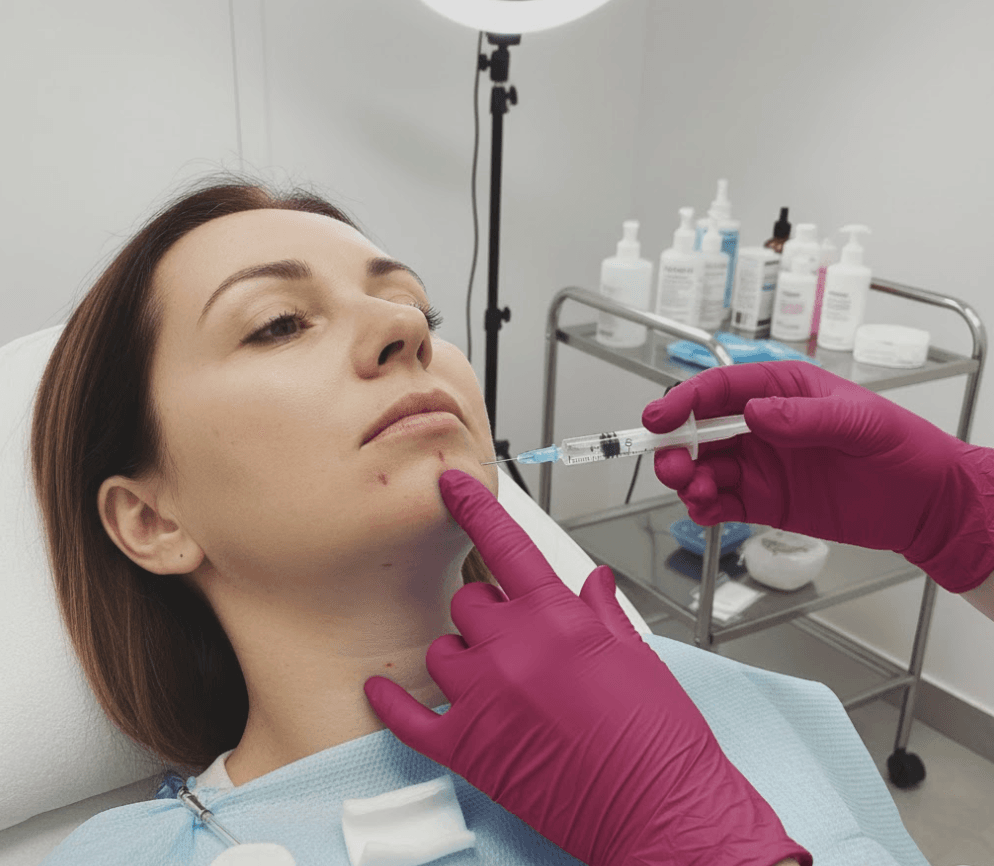
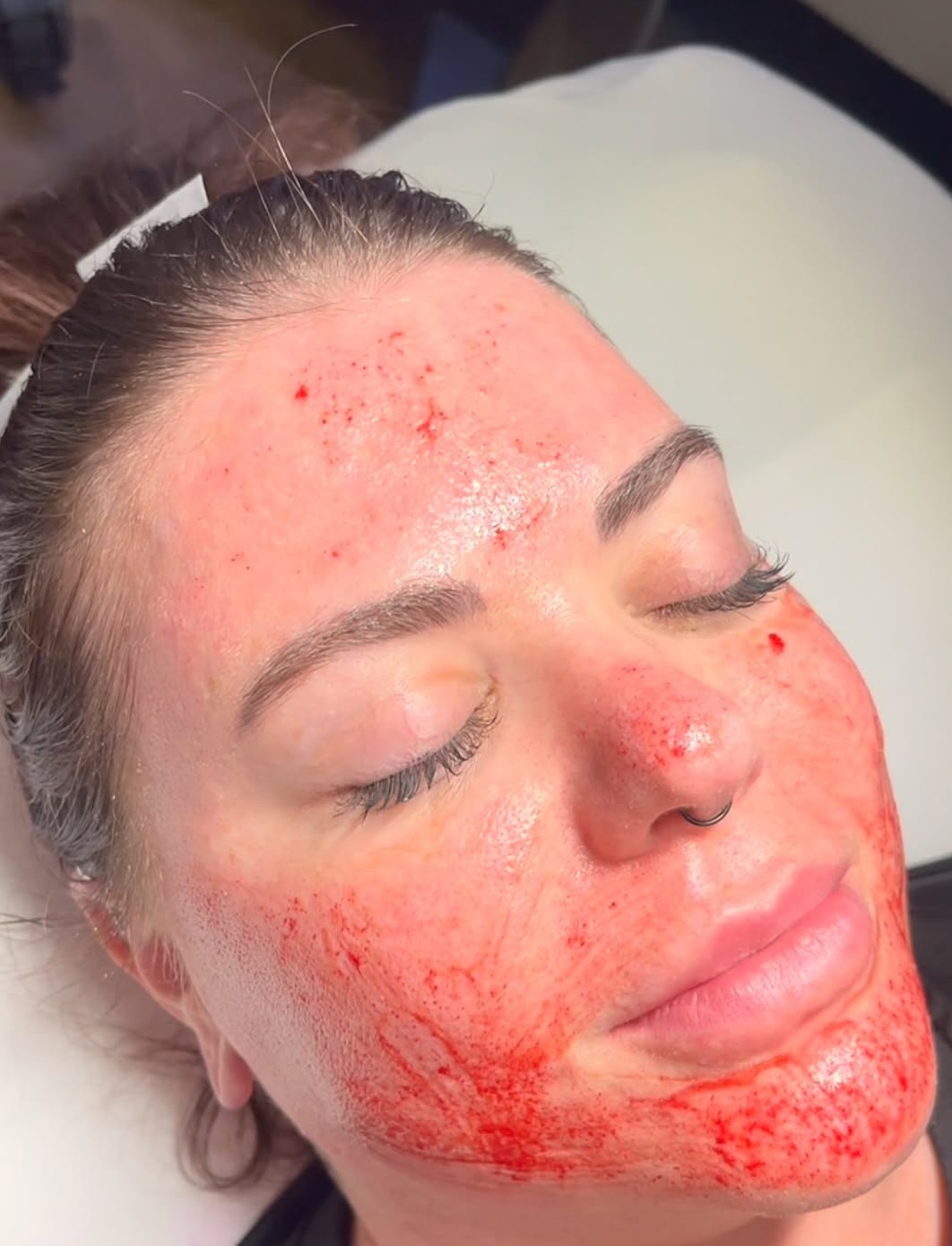
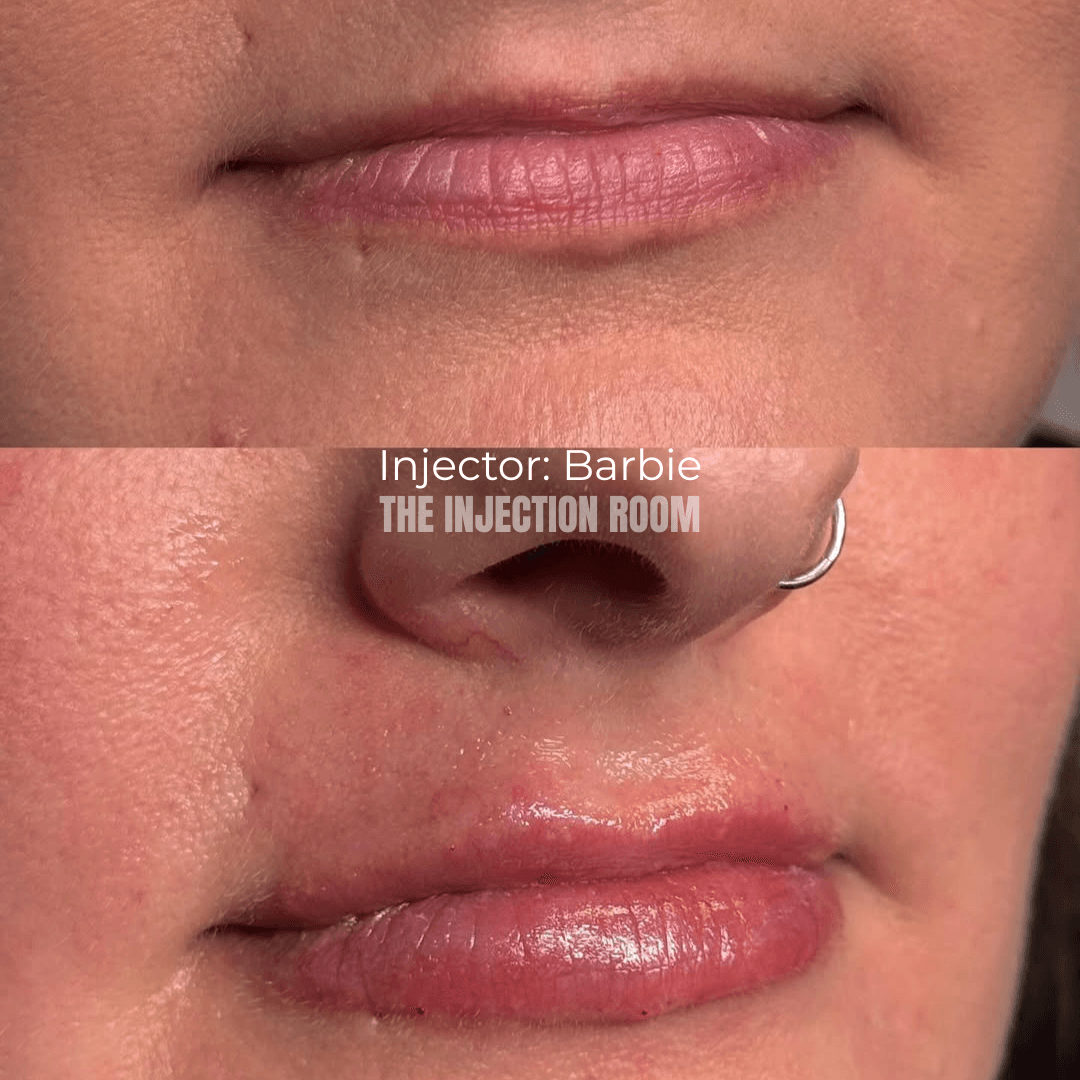

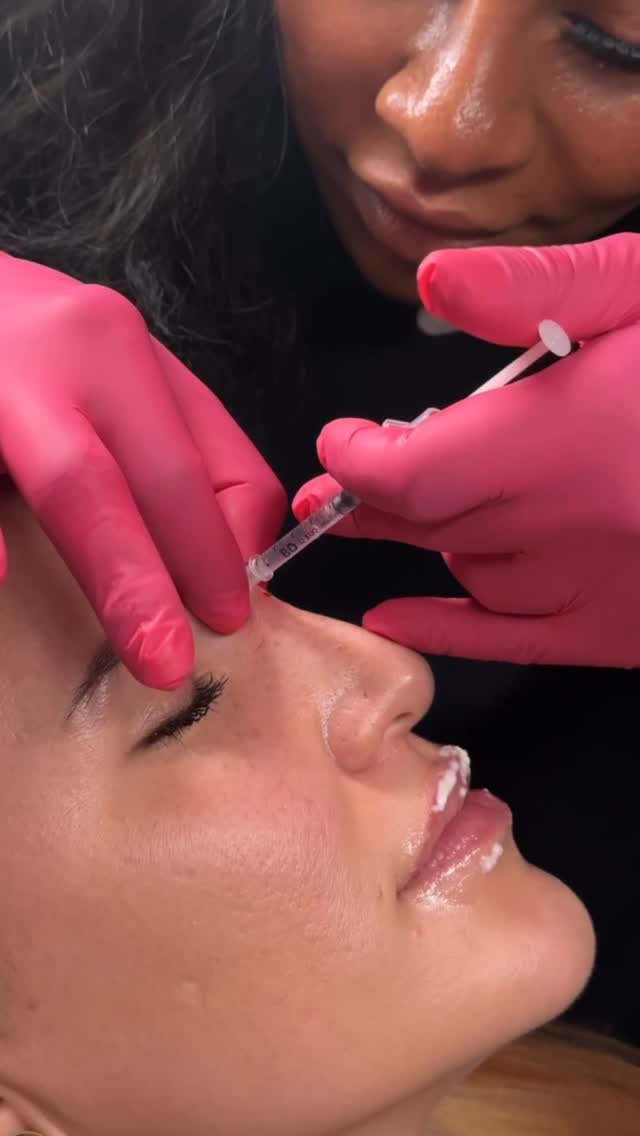
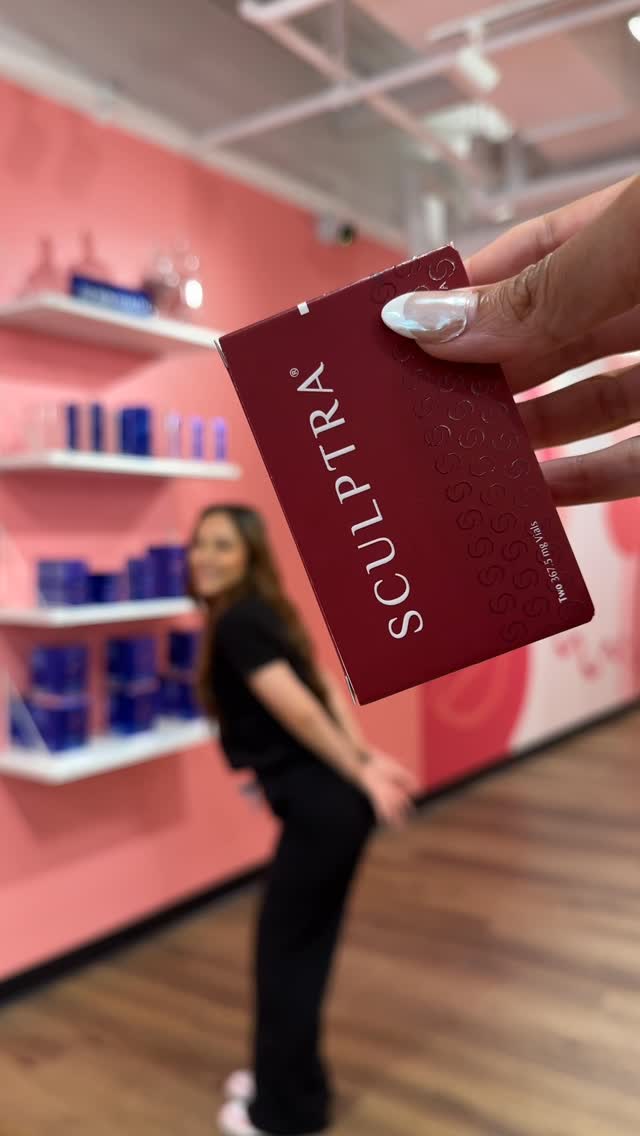

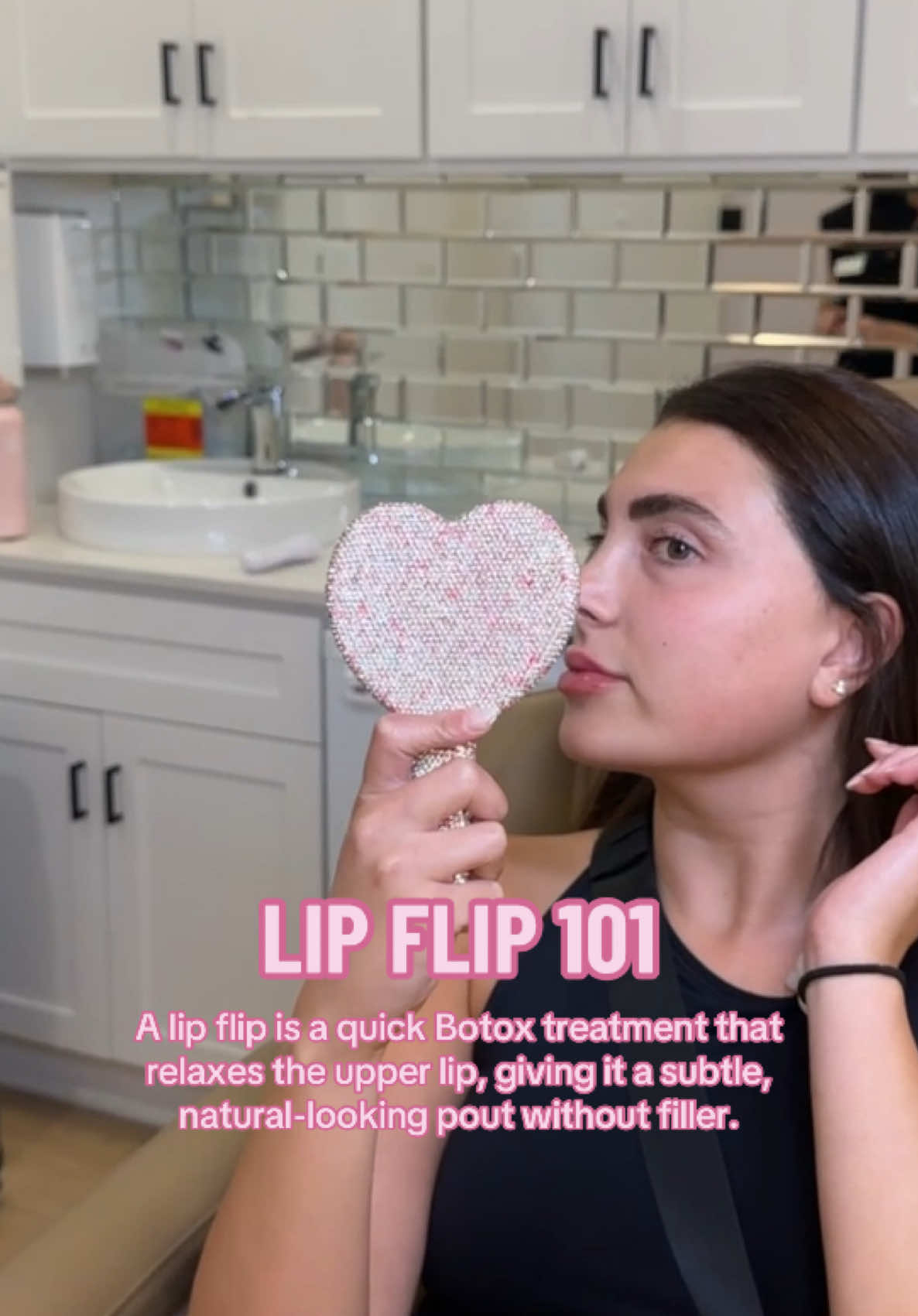




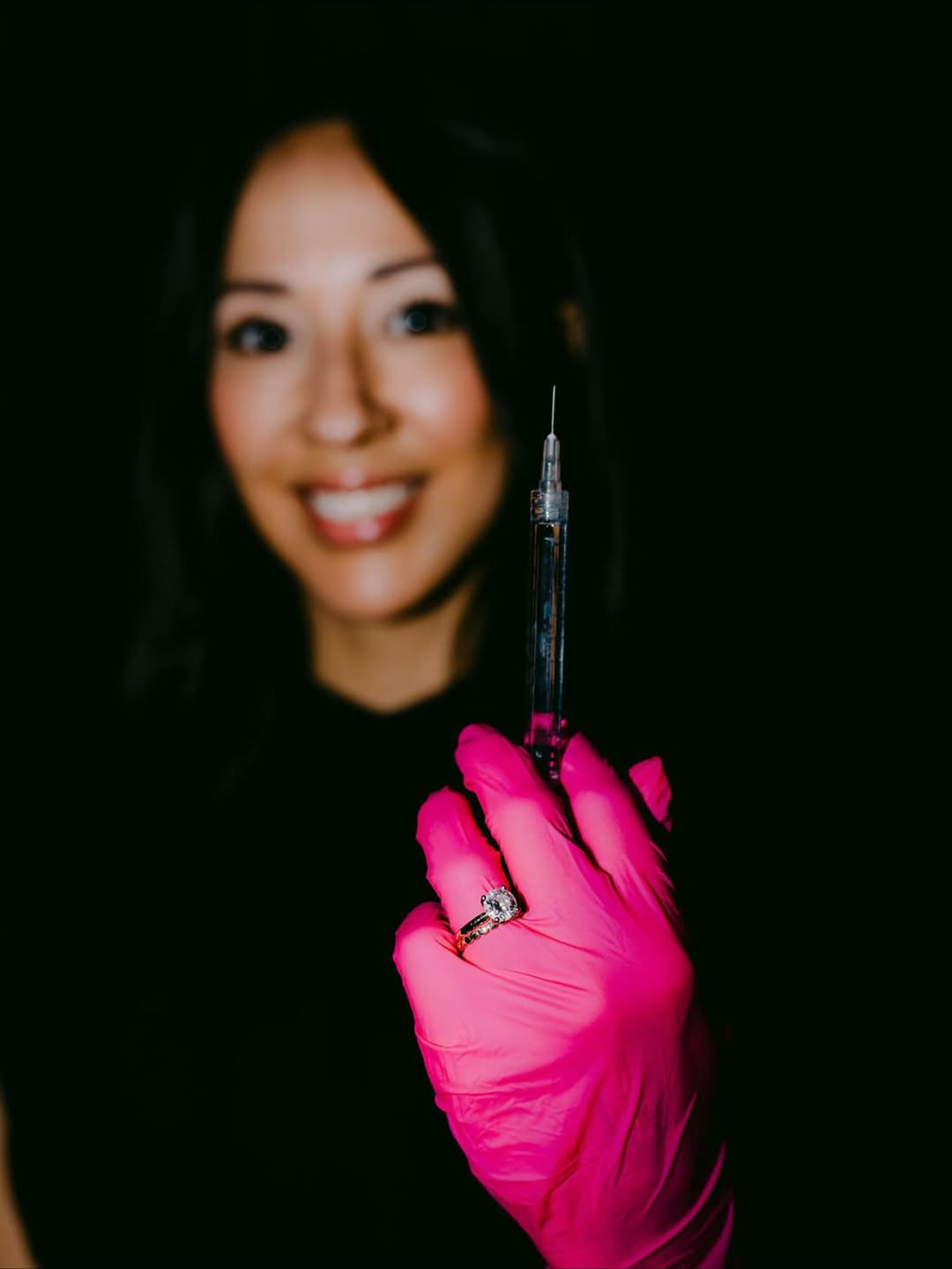
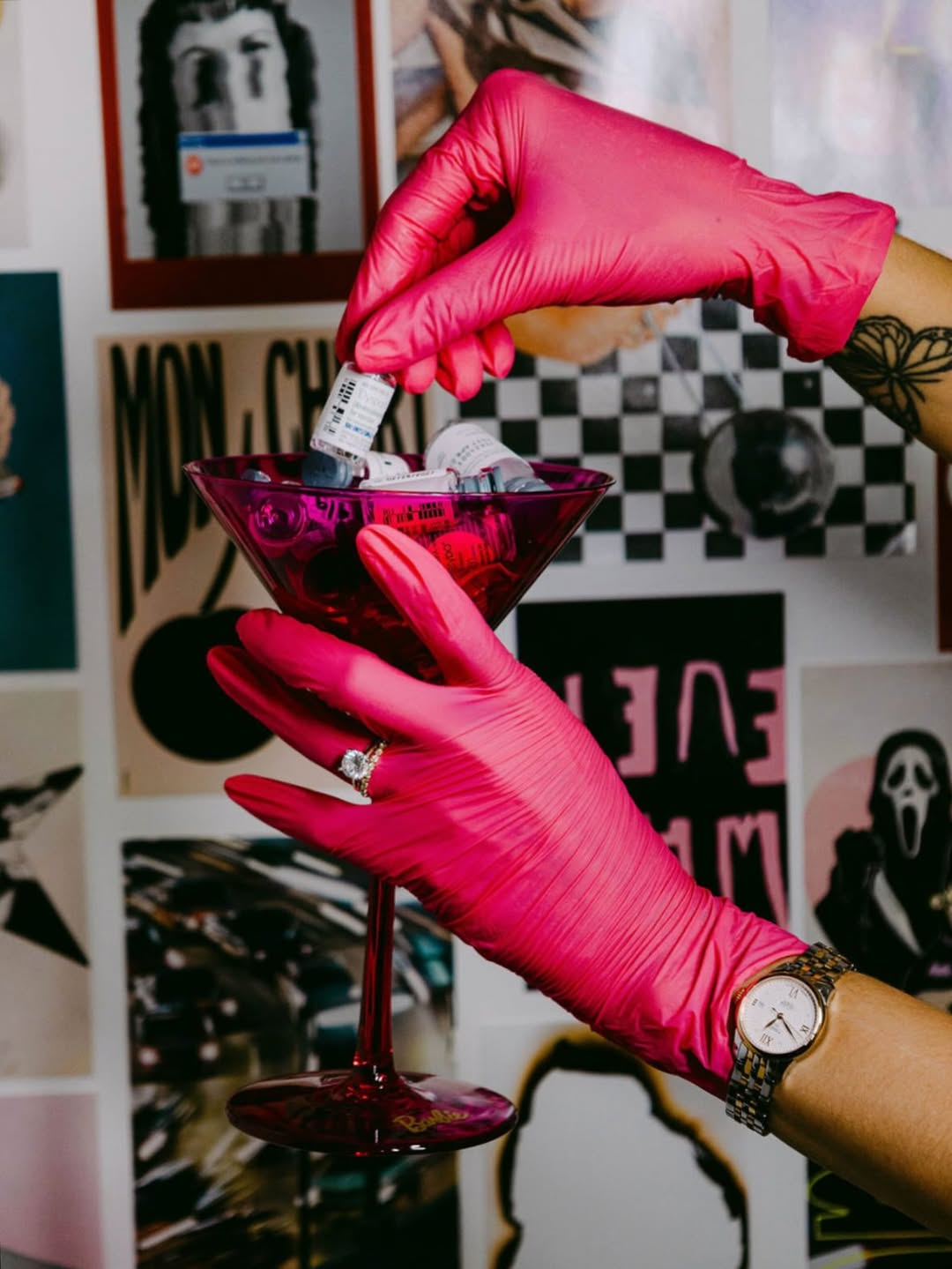
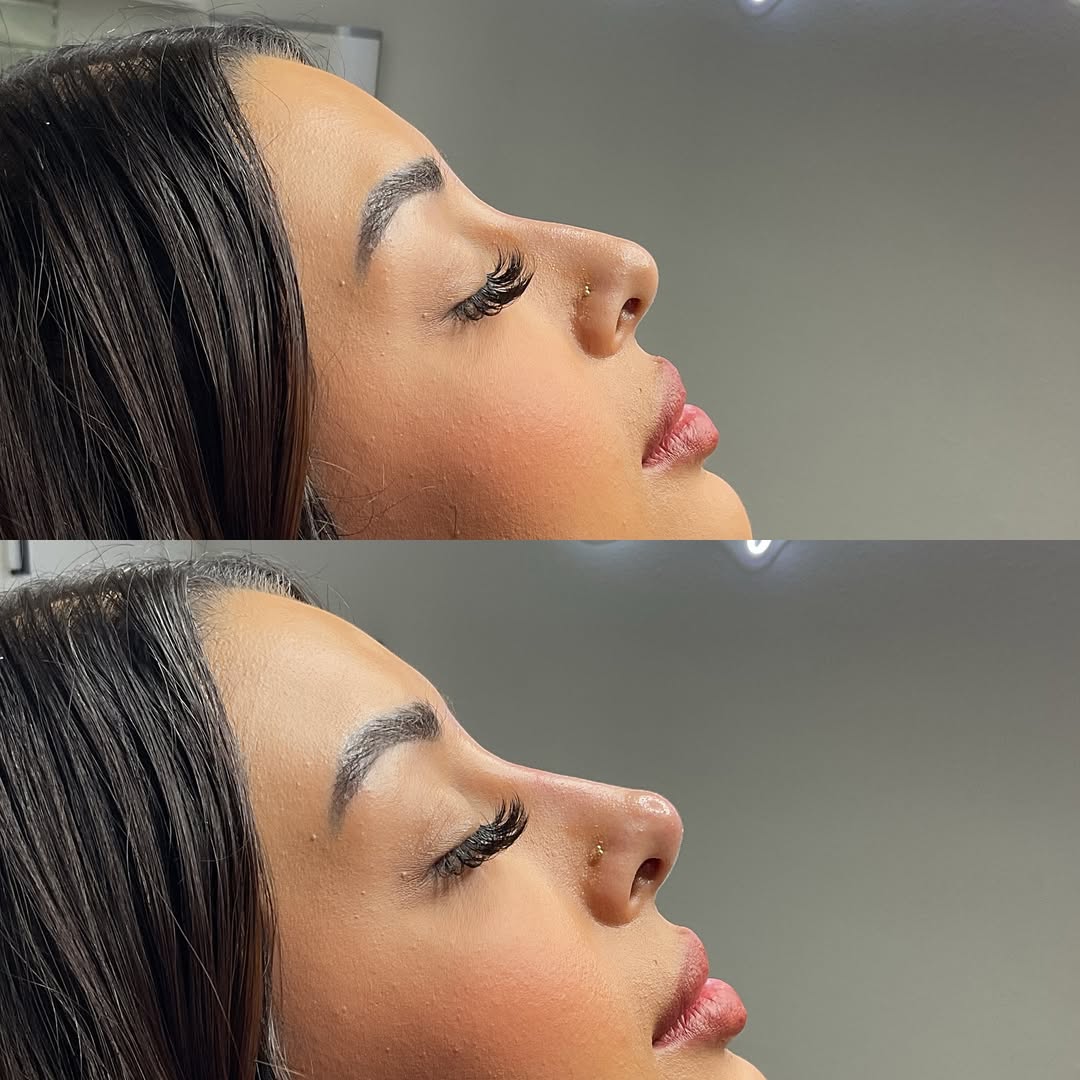


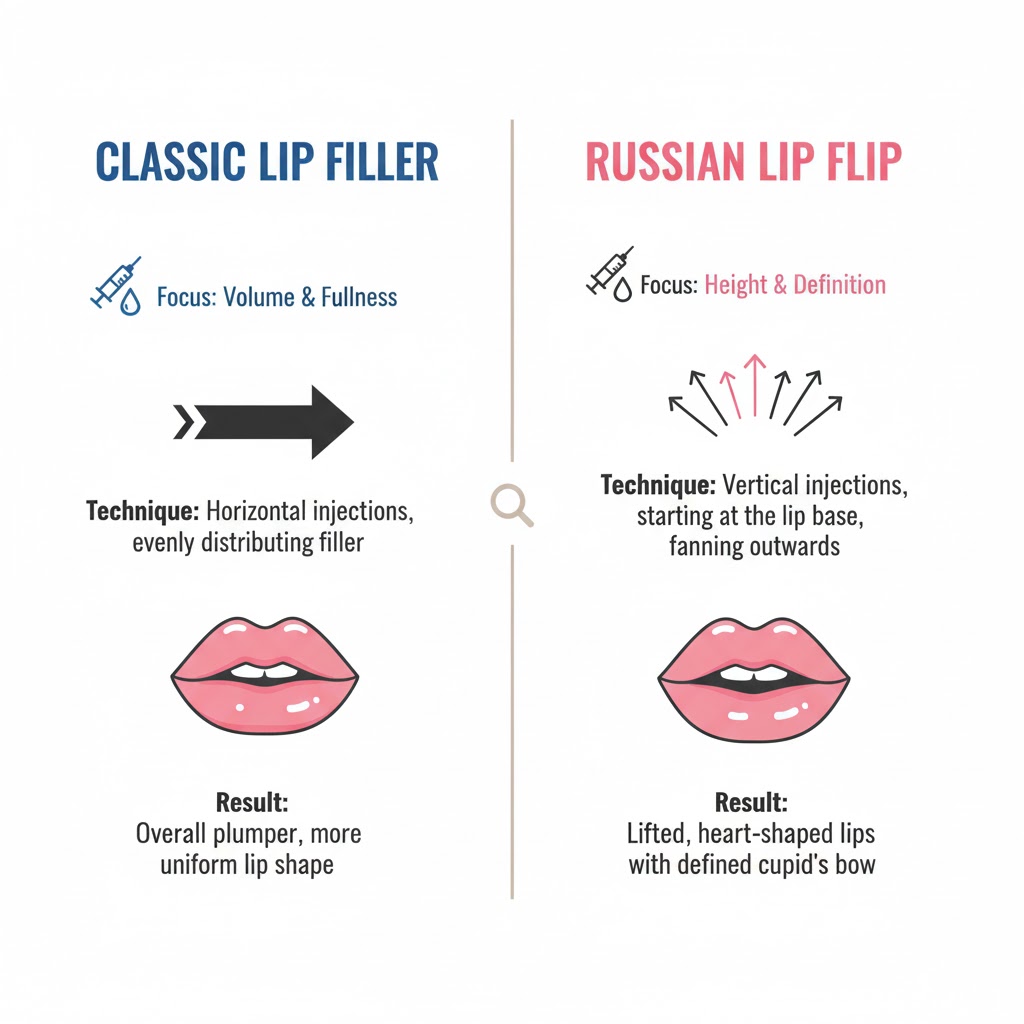
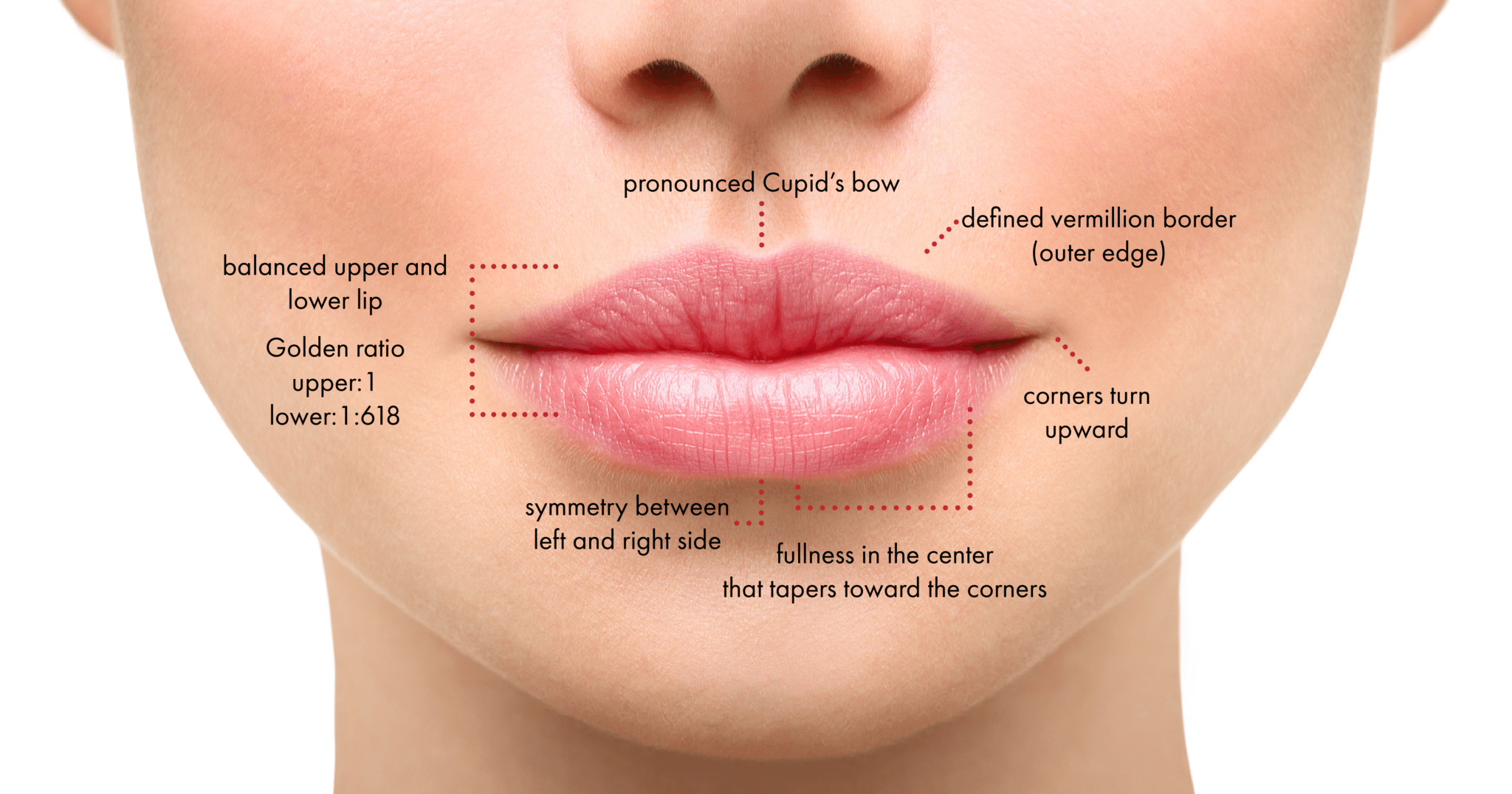
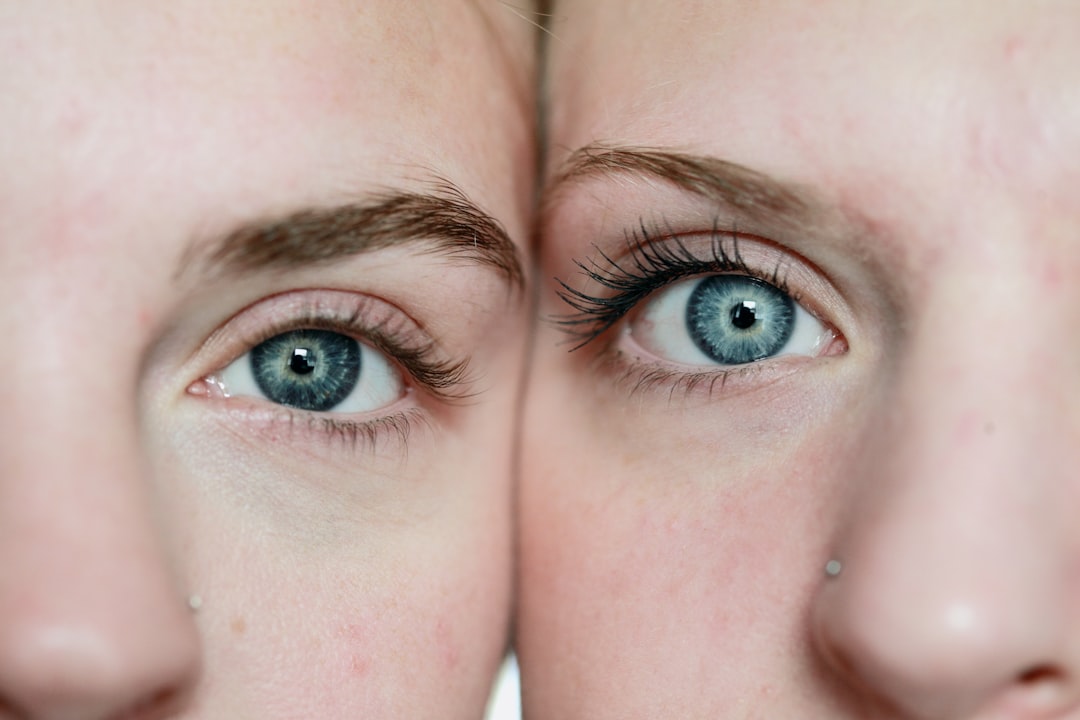
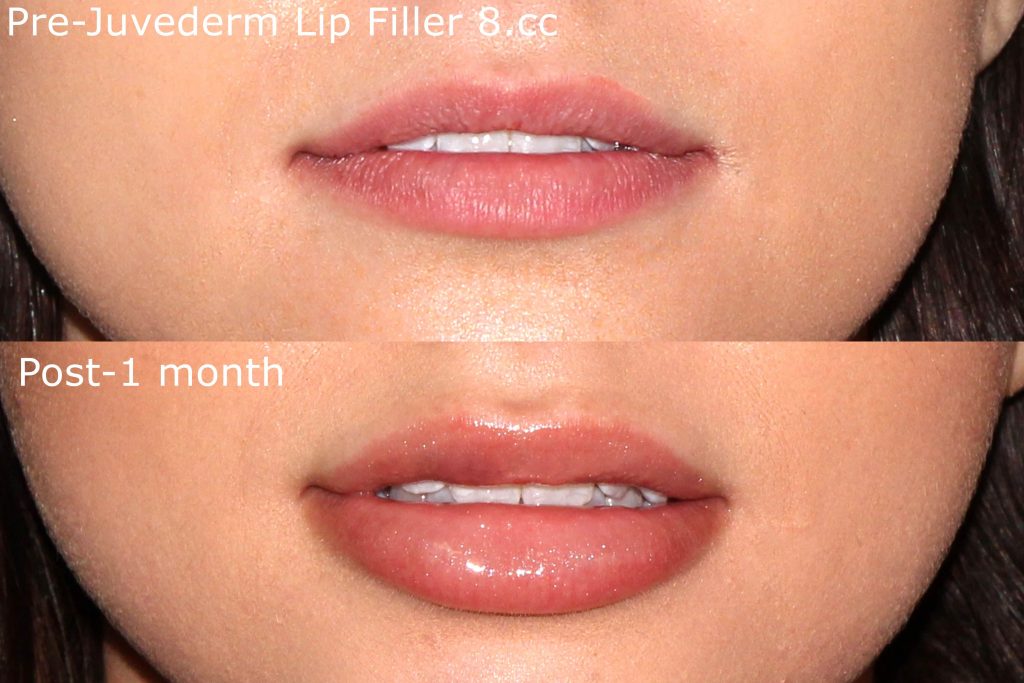
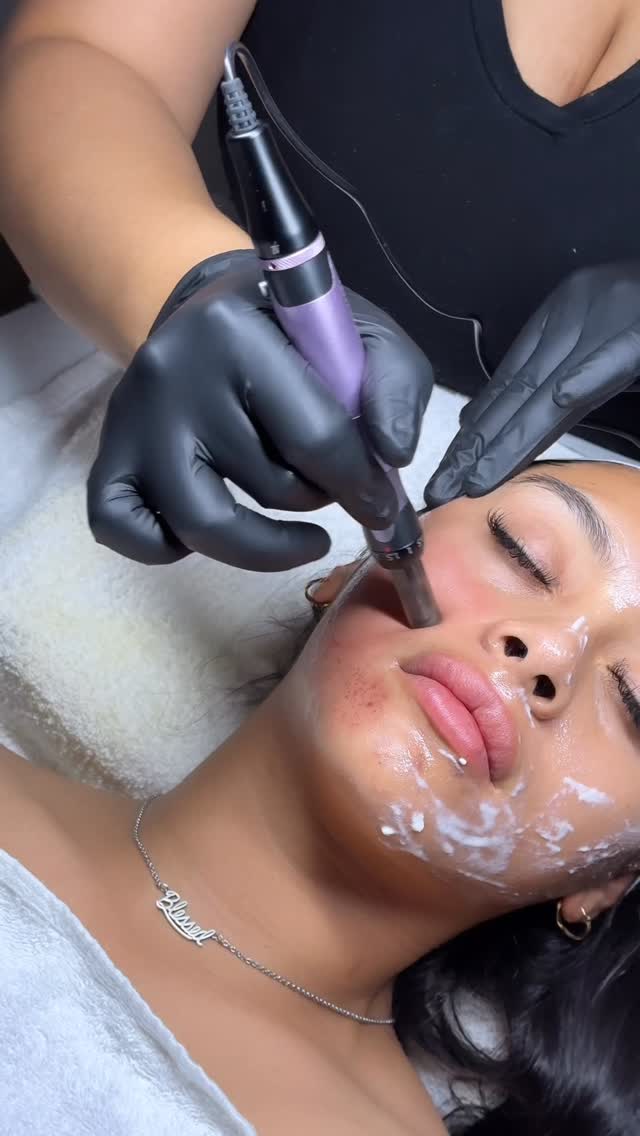
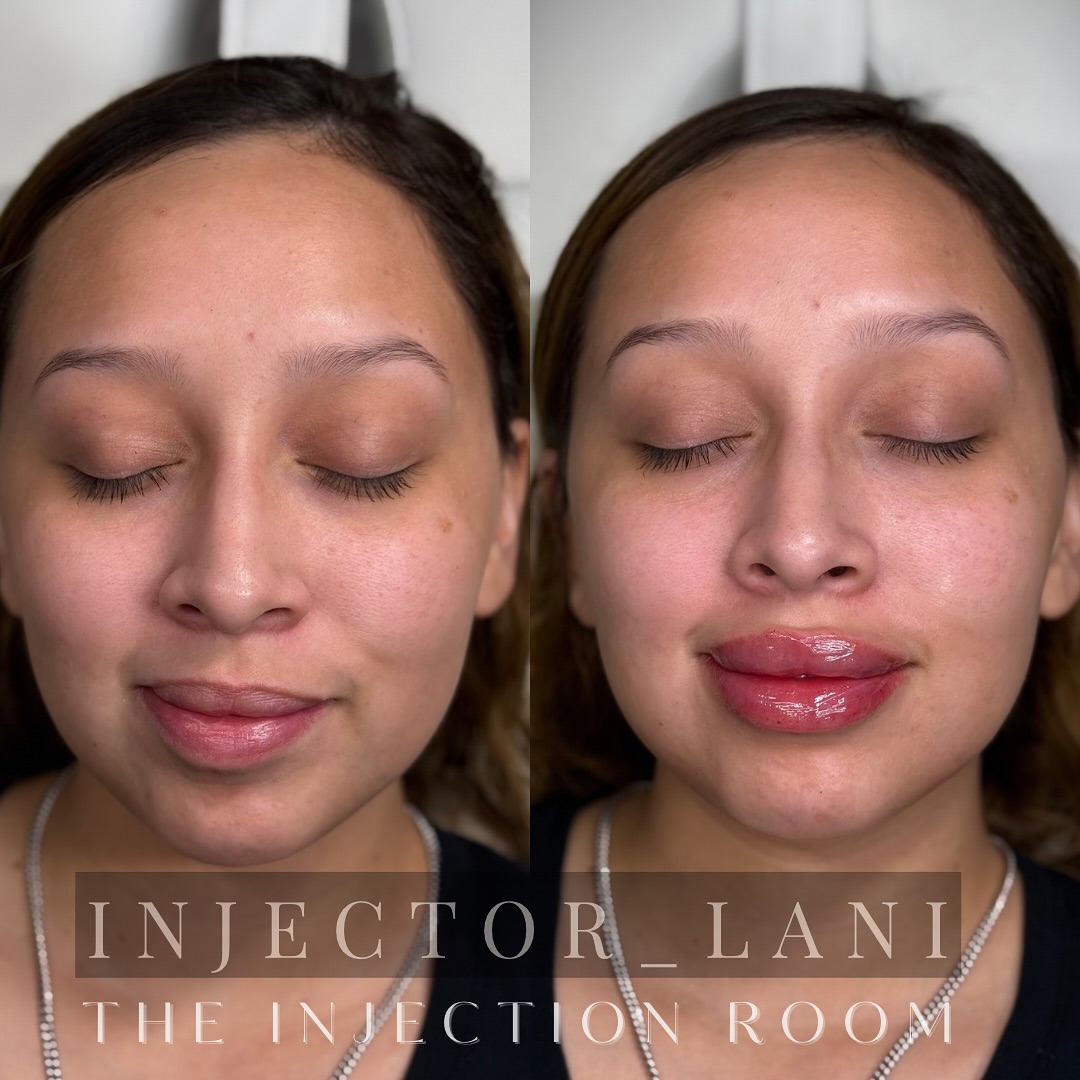
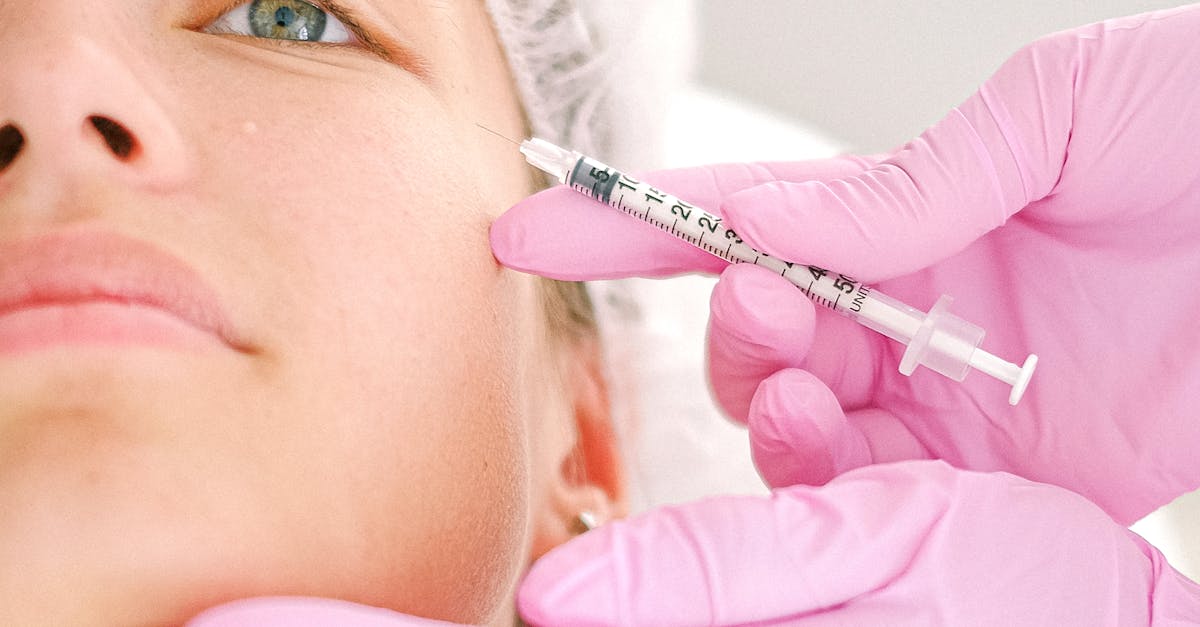

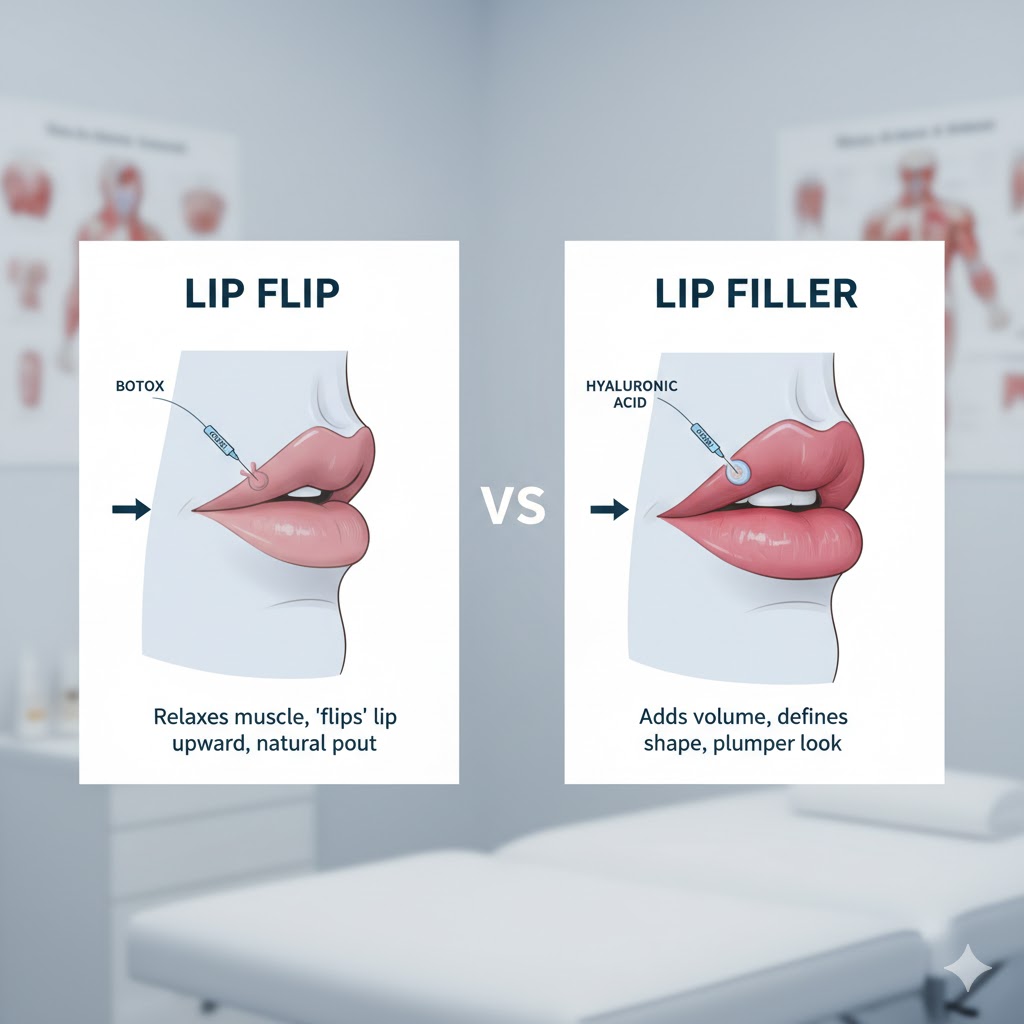
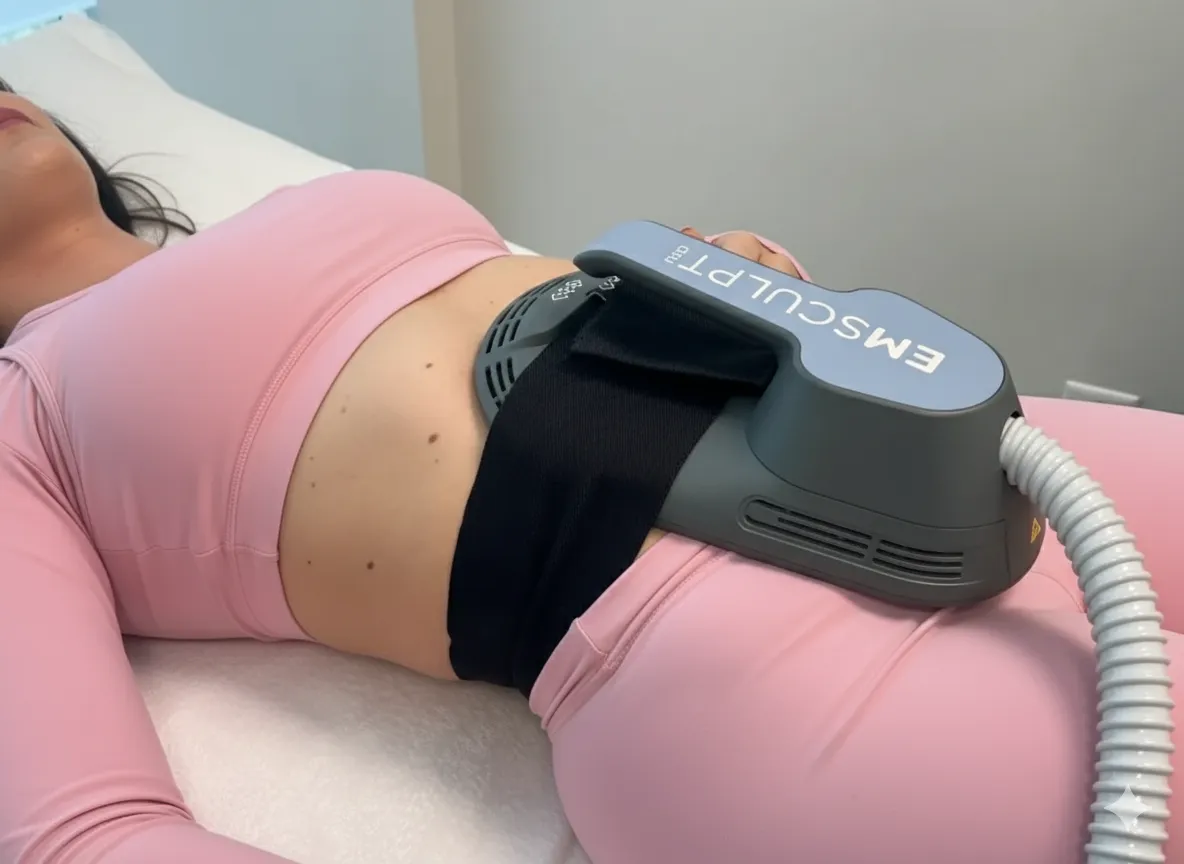
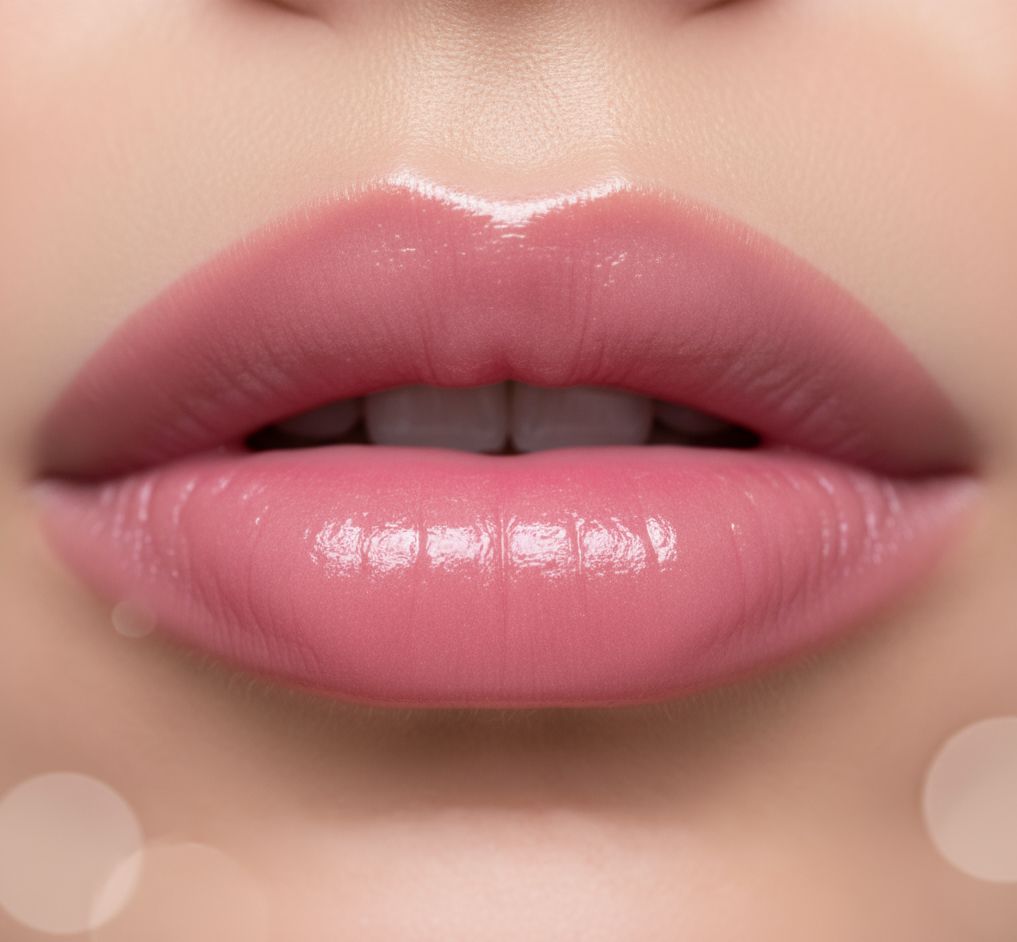
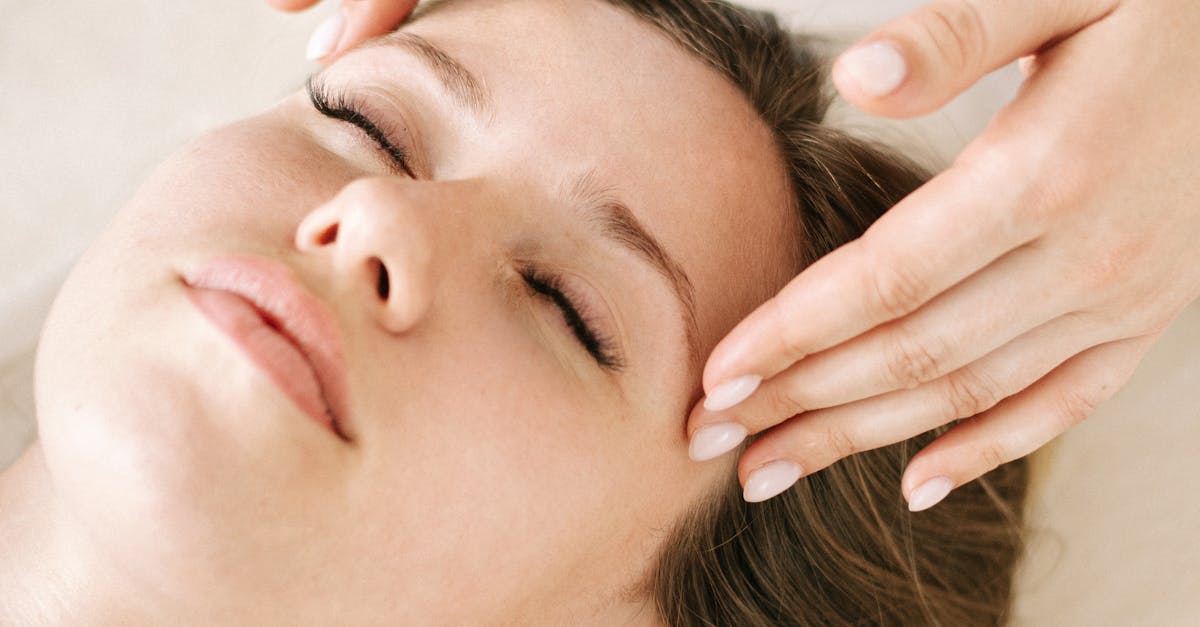
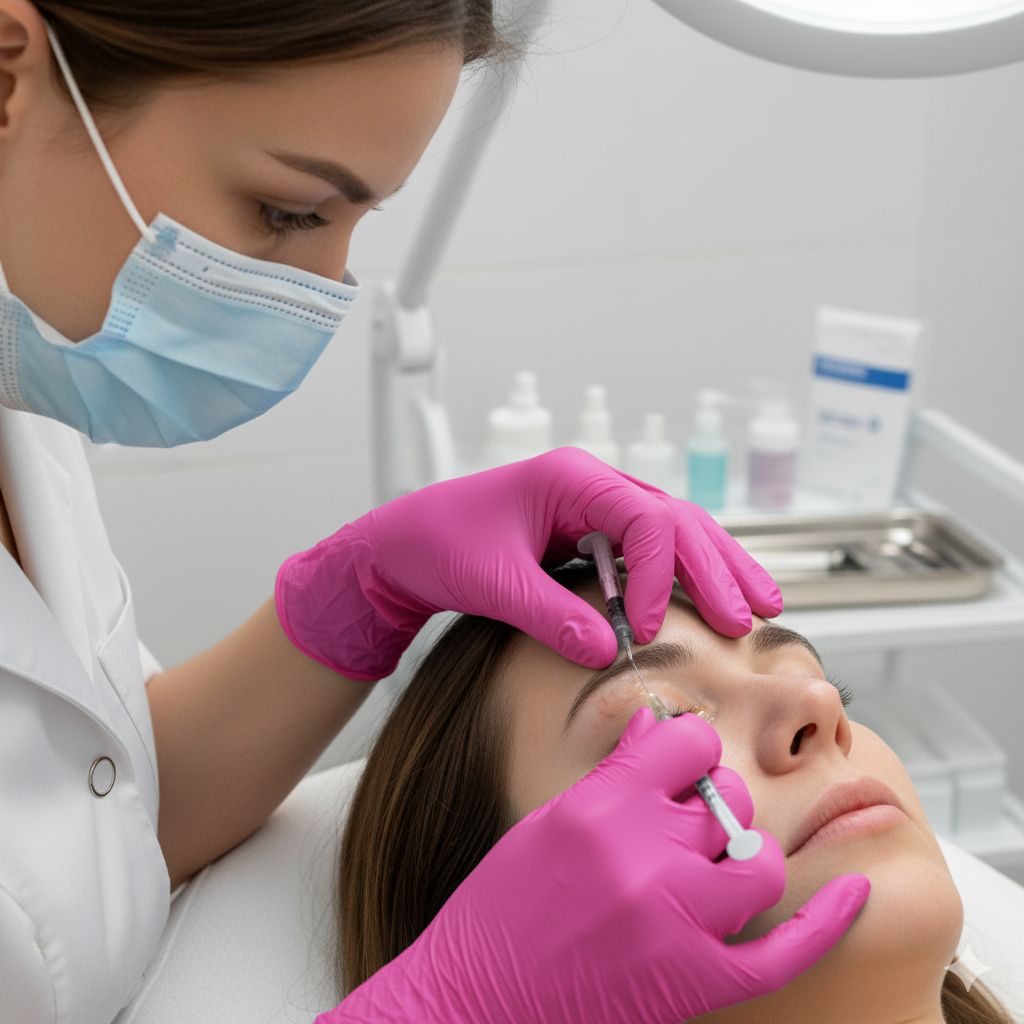
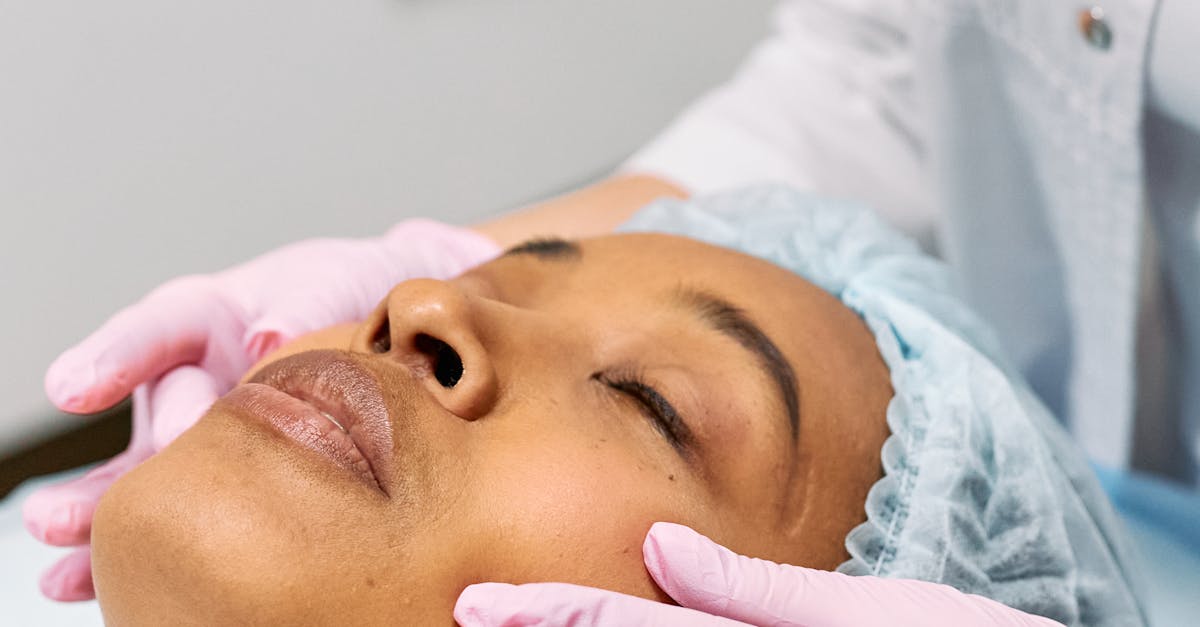
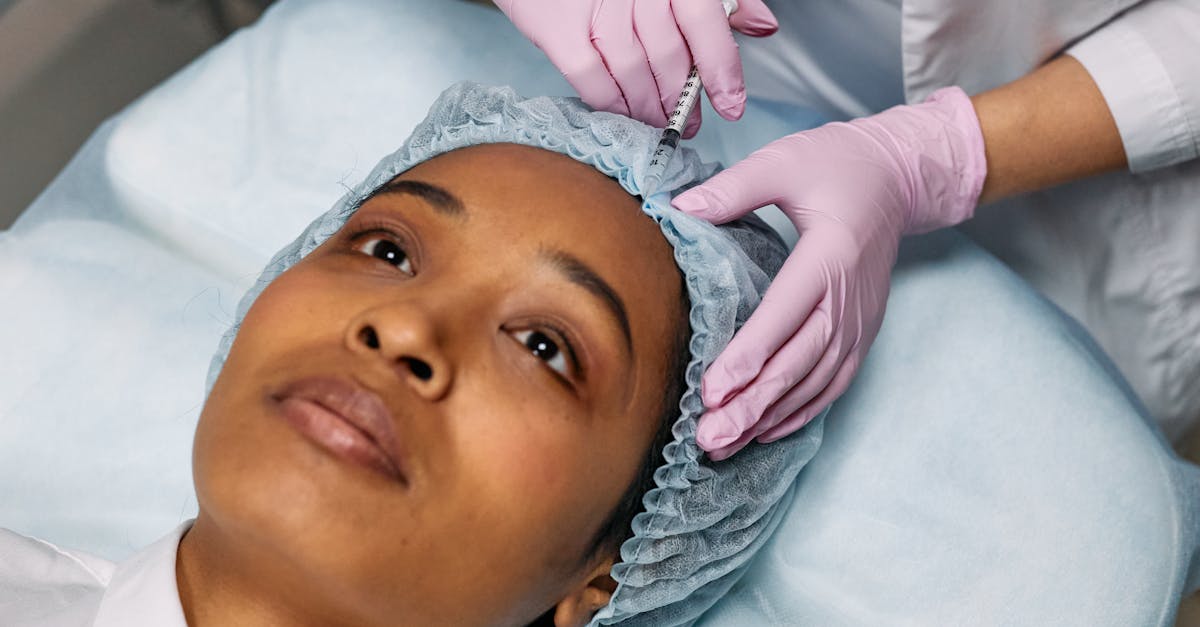
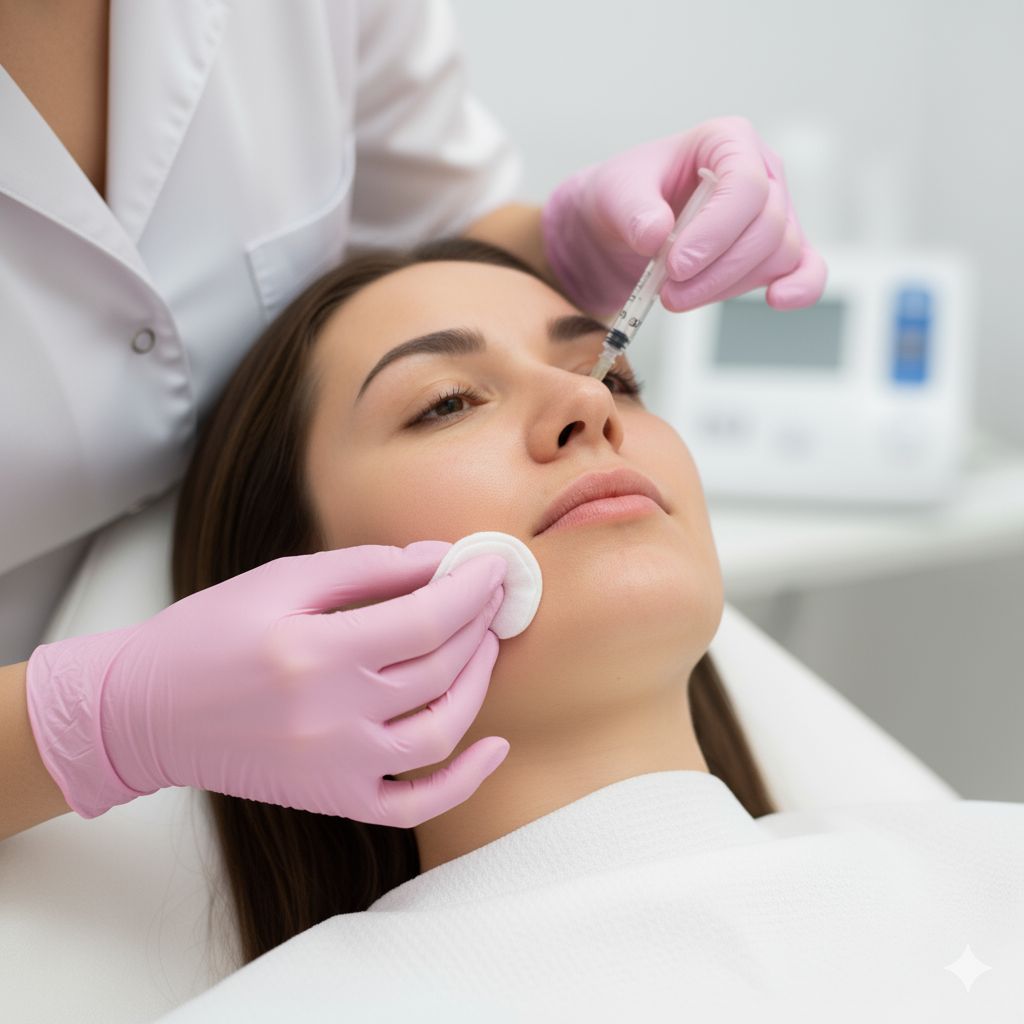
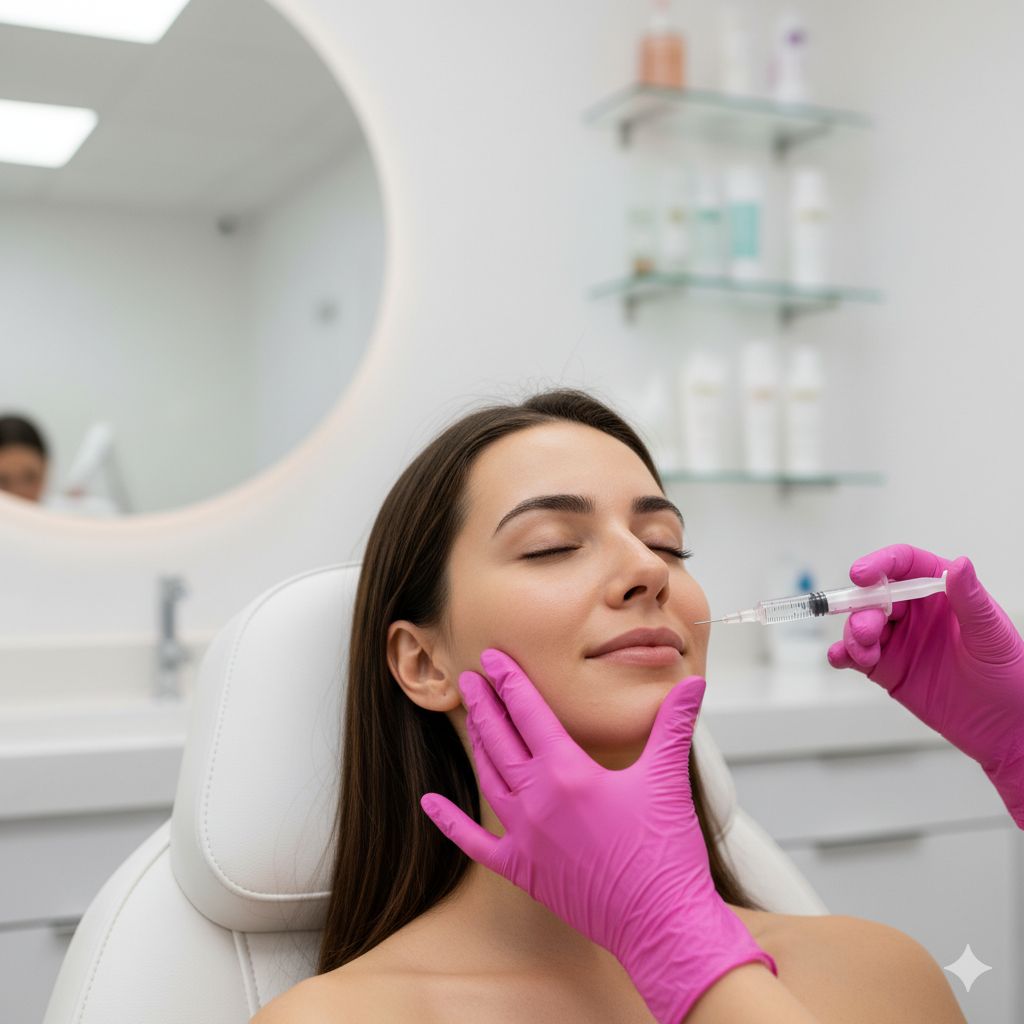
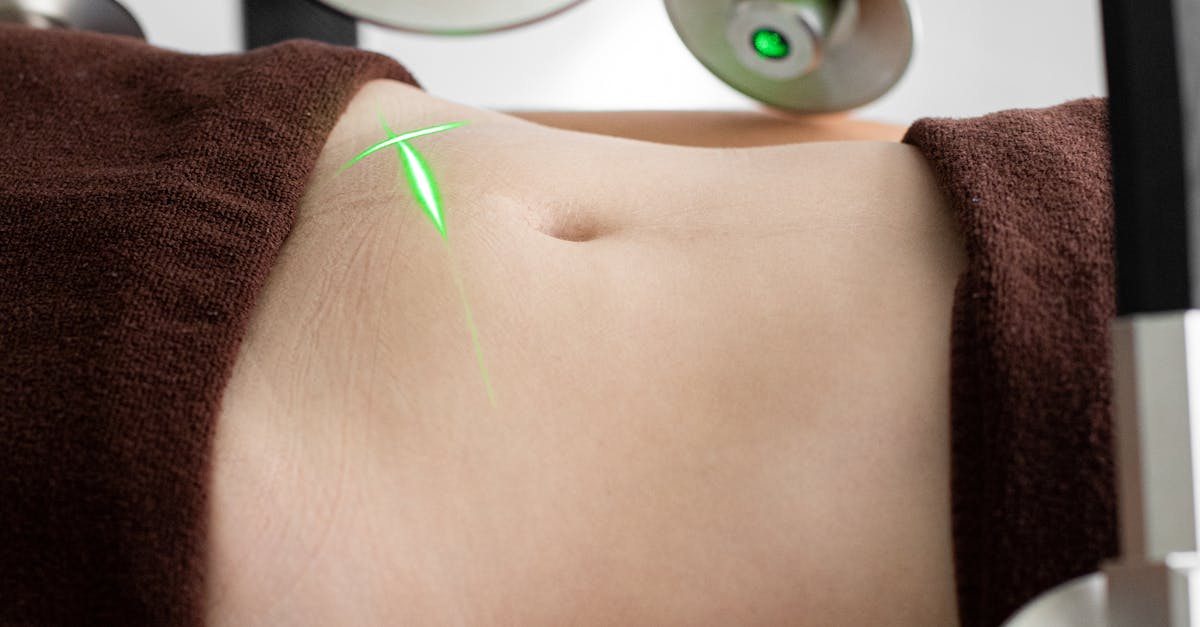

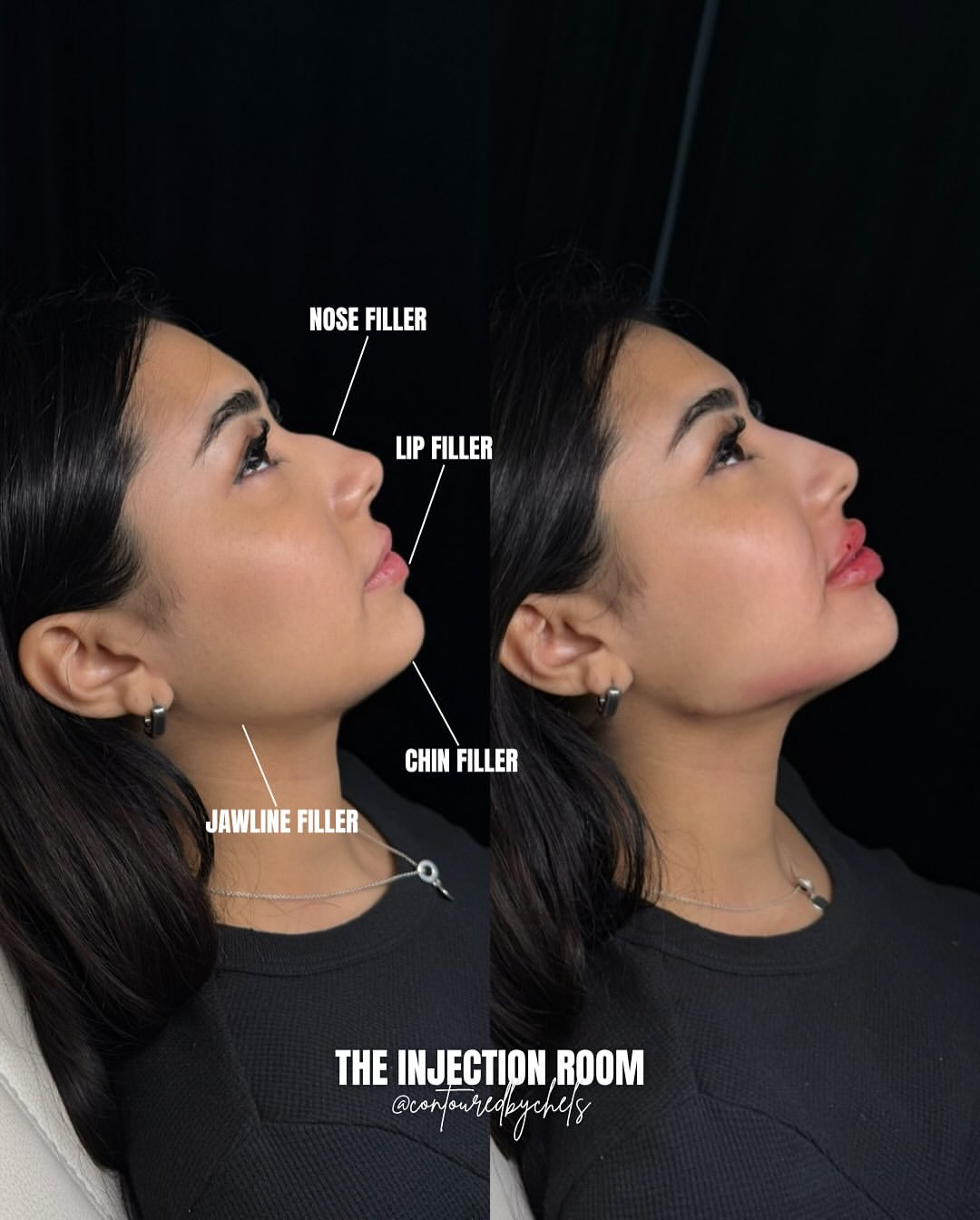
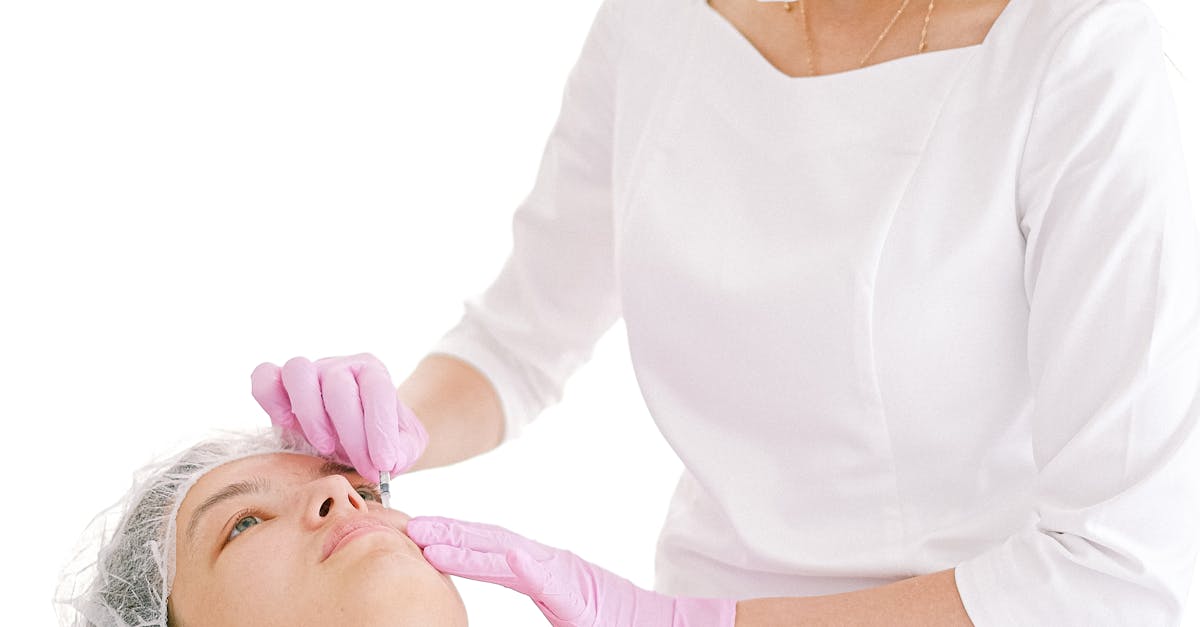
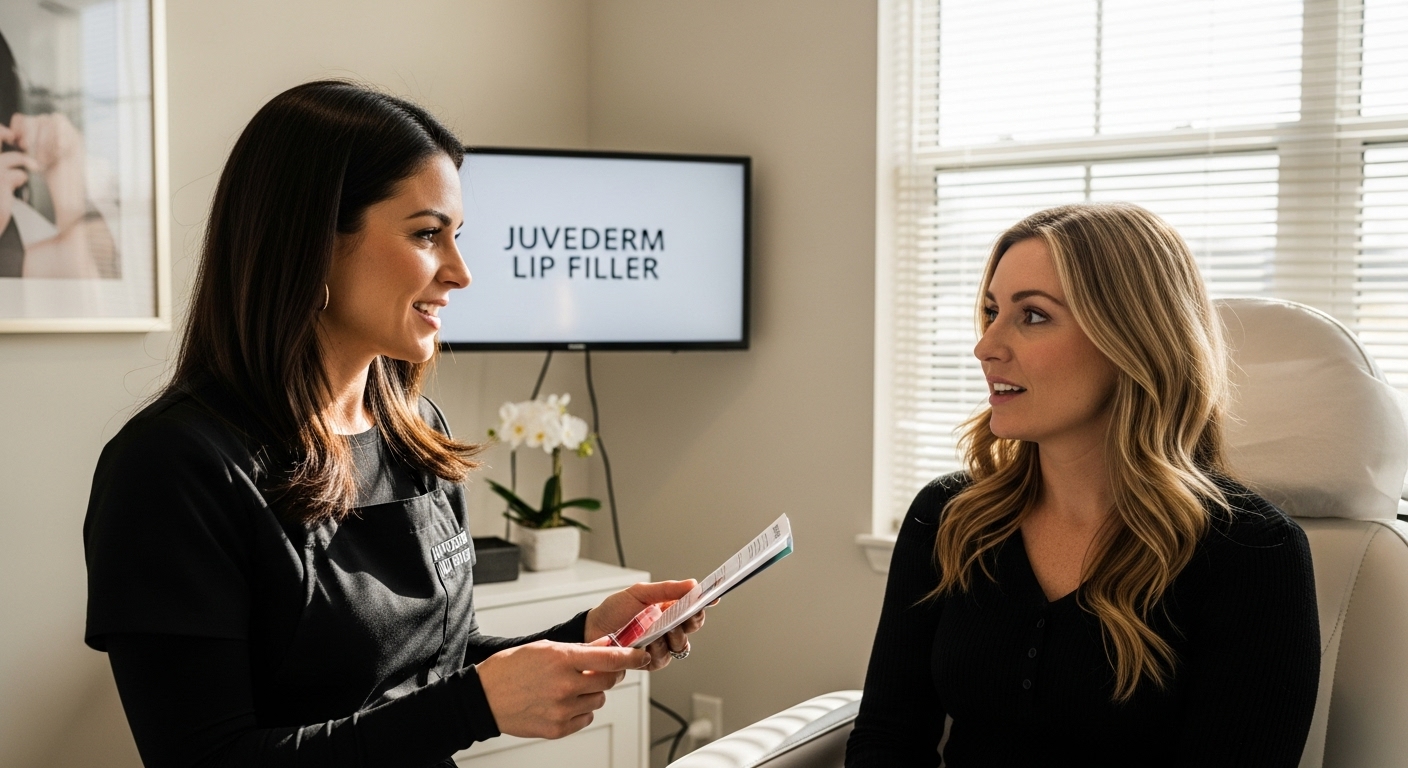


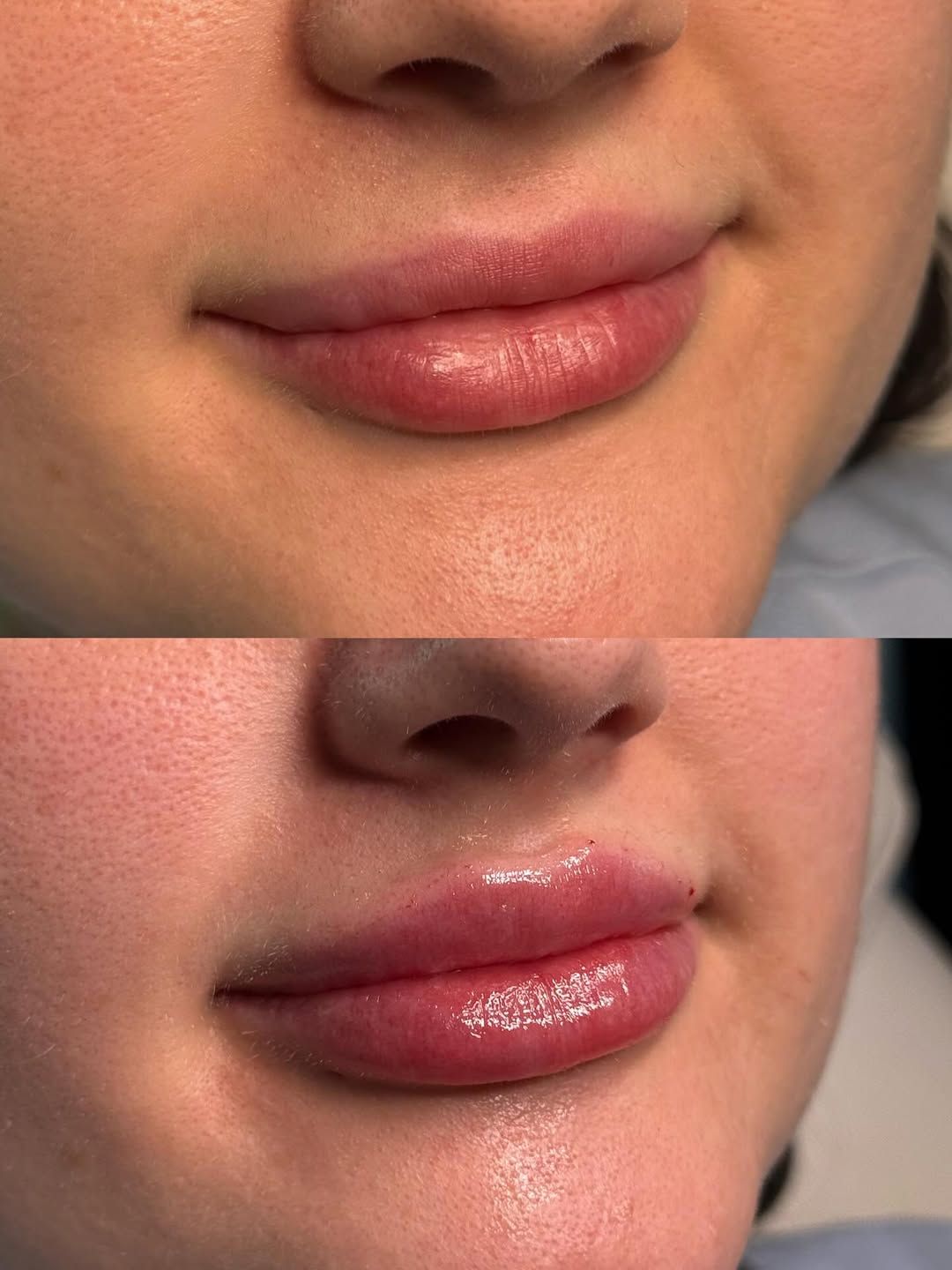
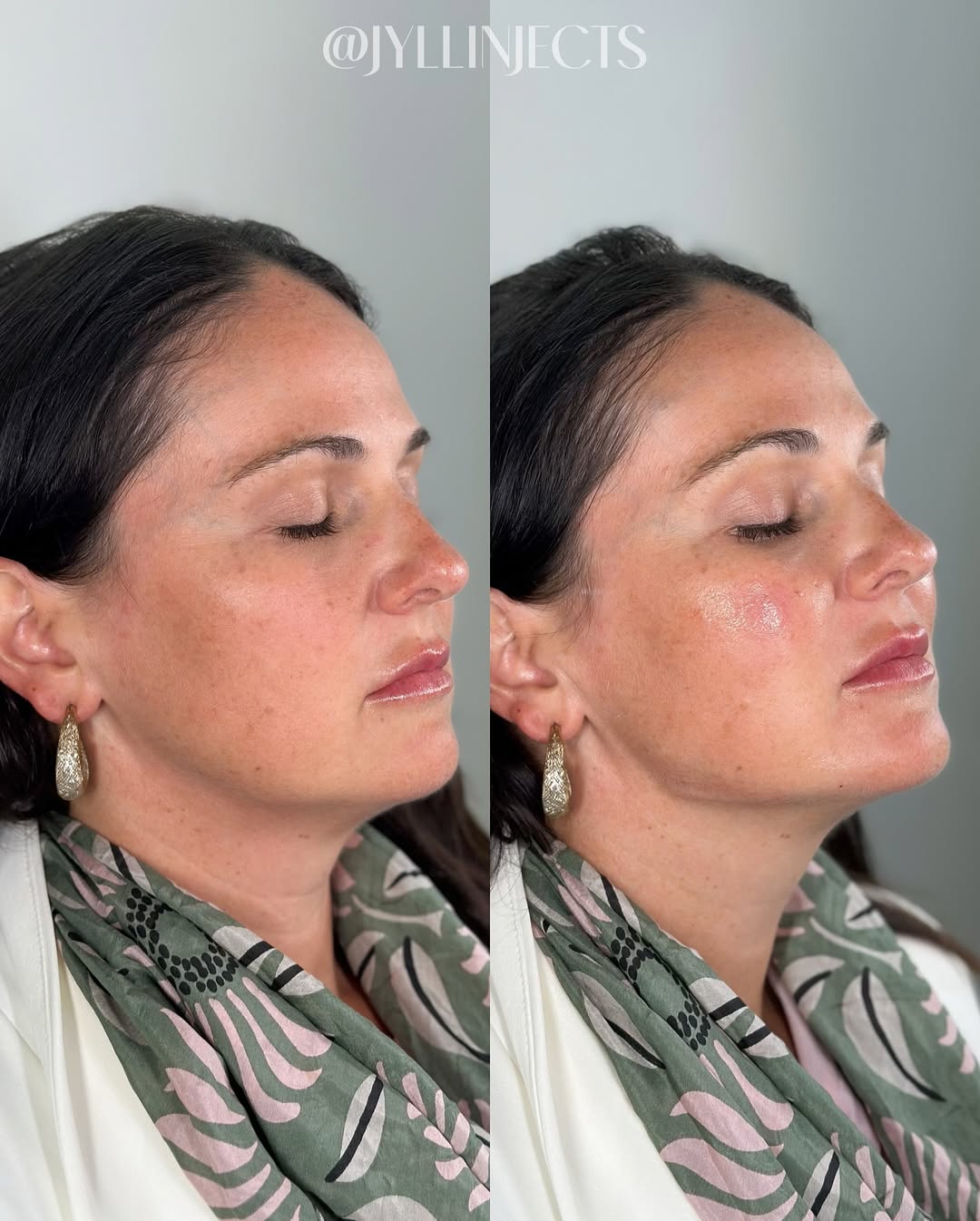
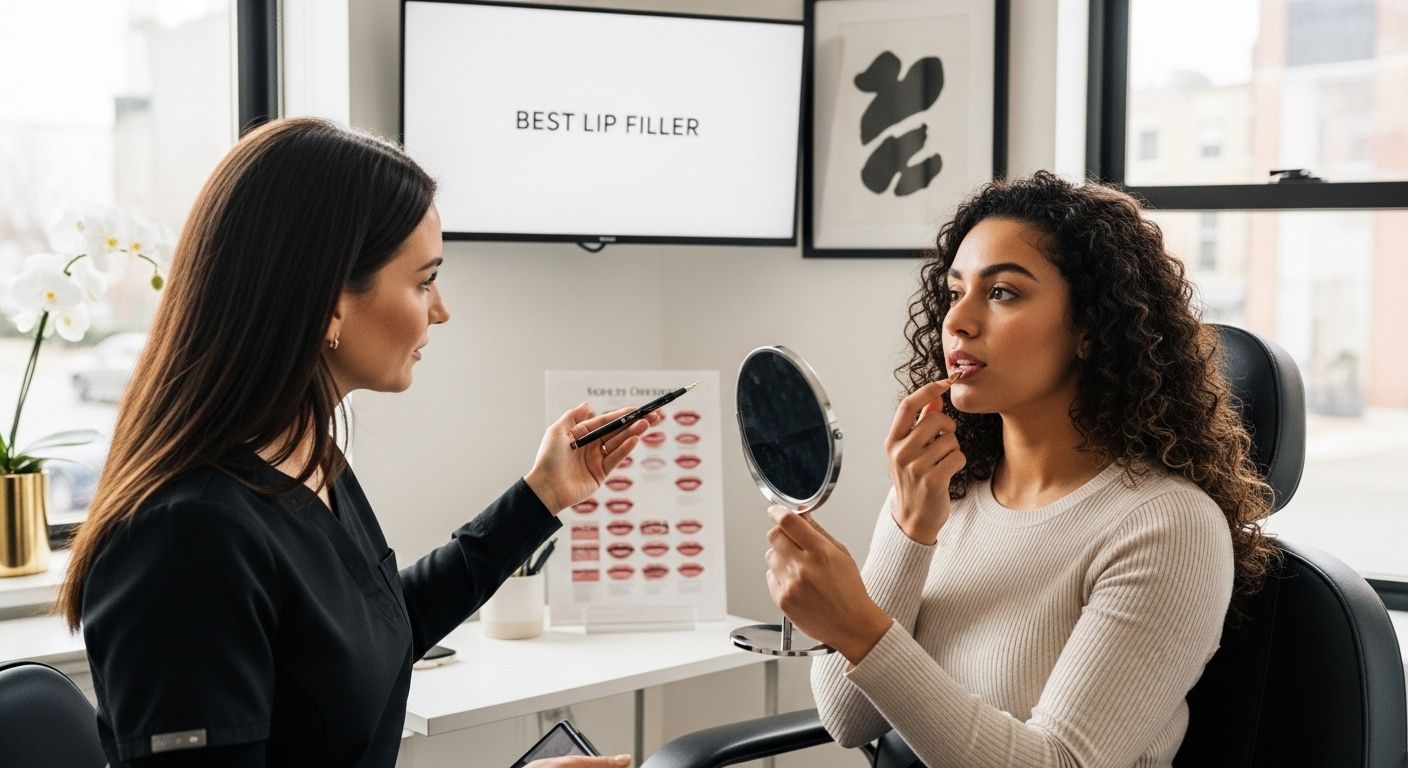
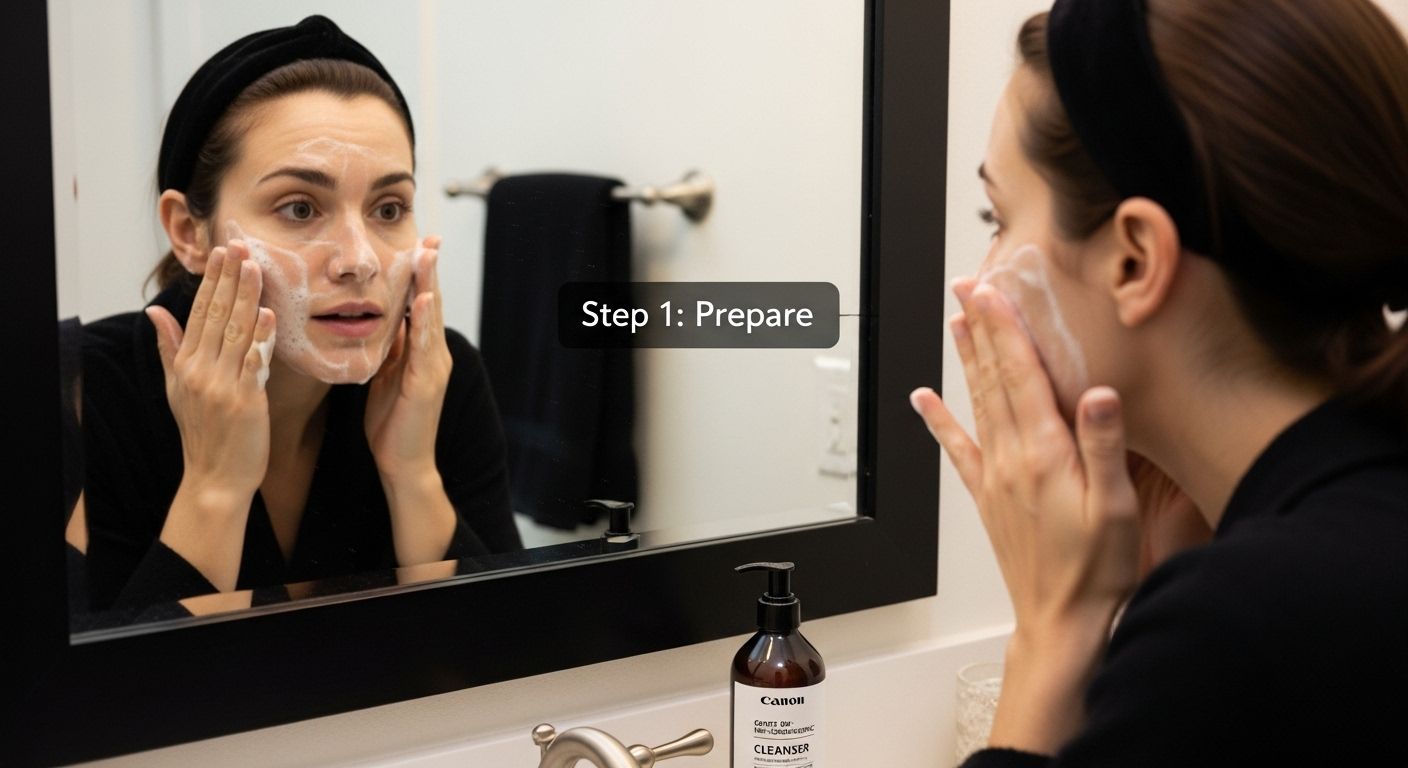
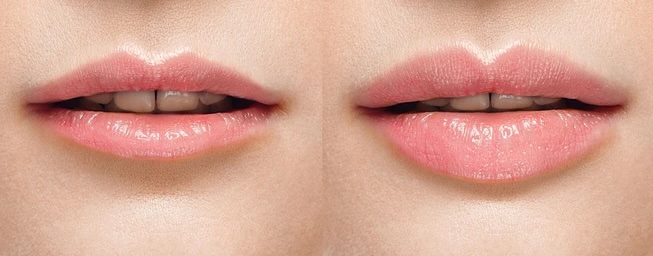

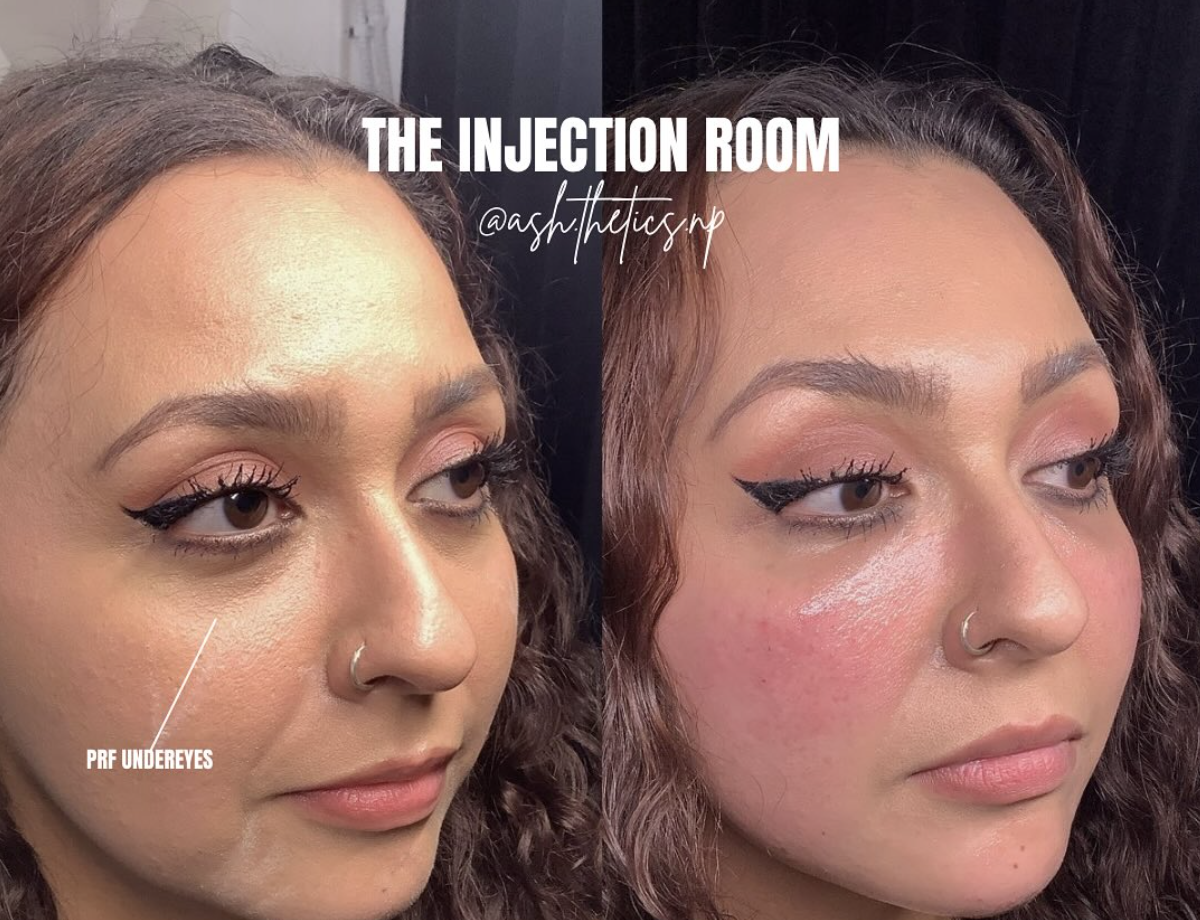
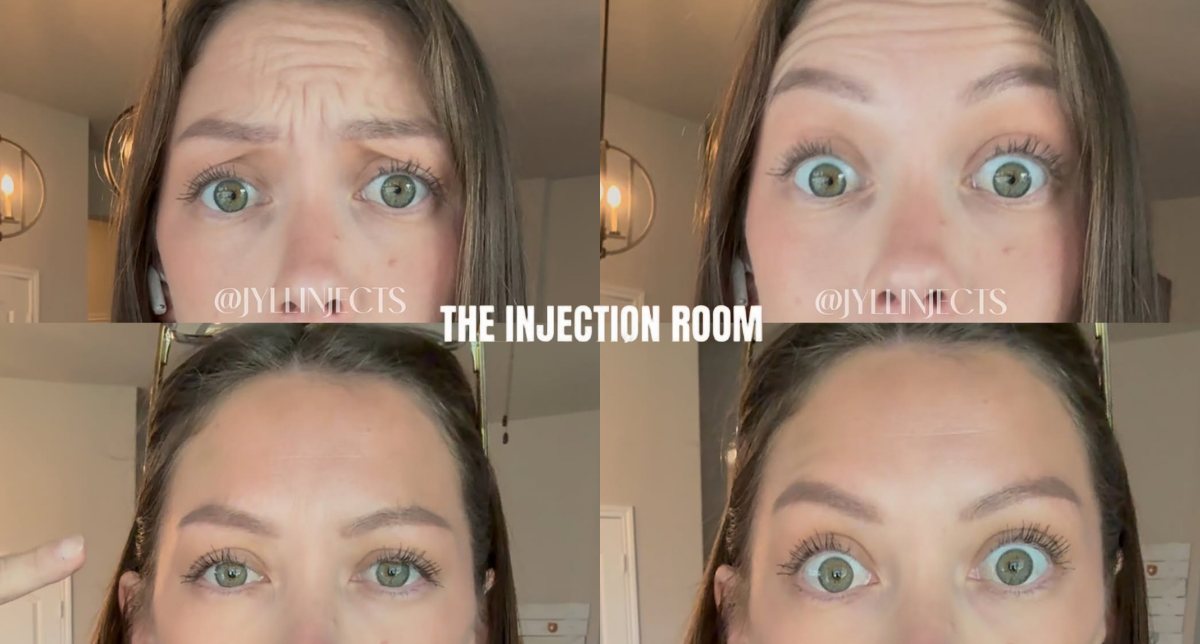


.jpeg)
.jpeg)
.webp)

.jpeg)











